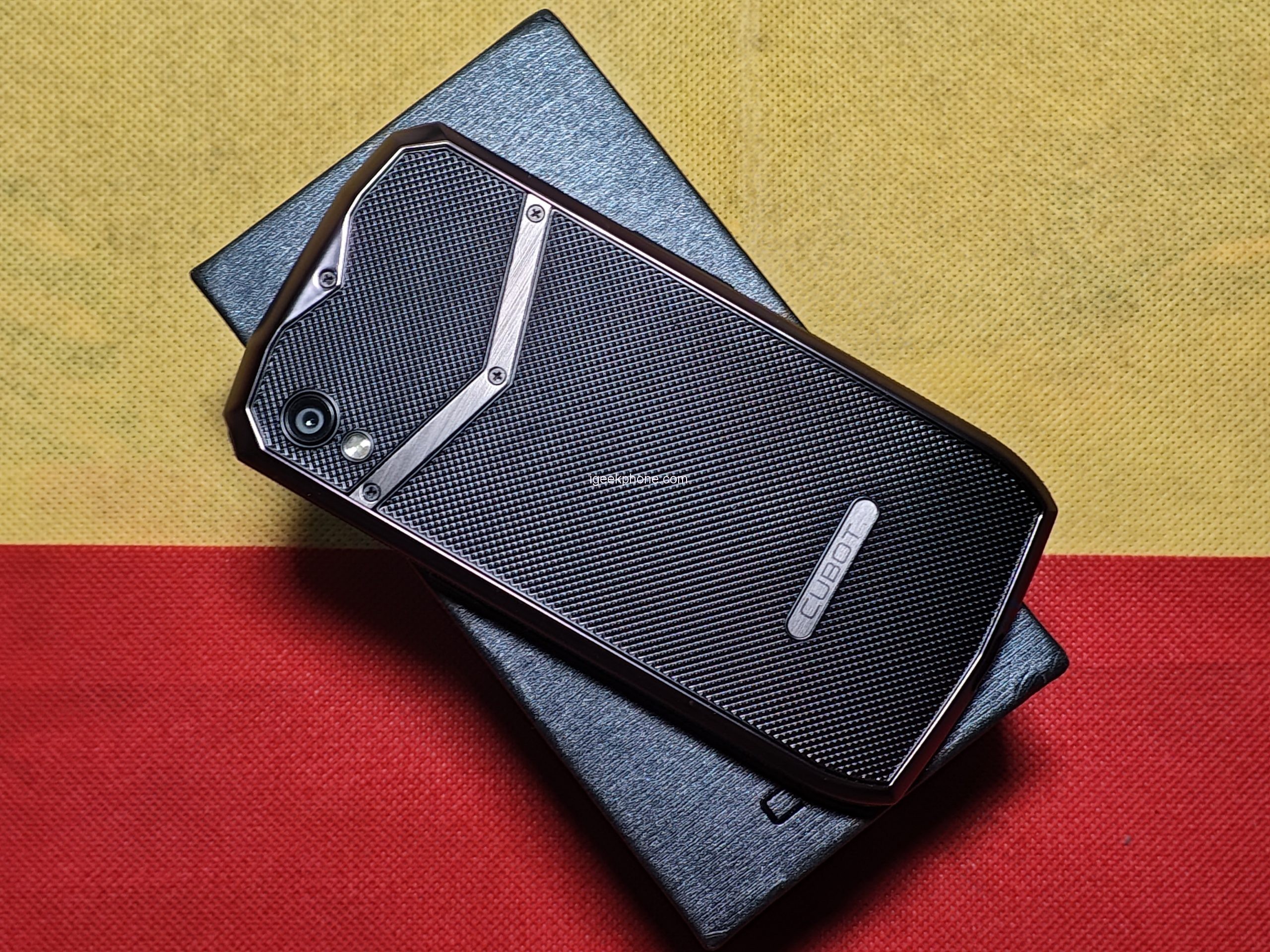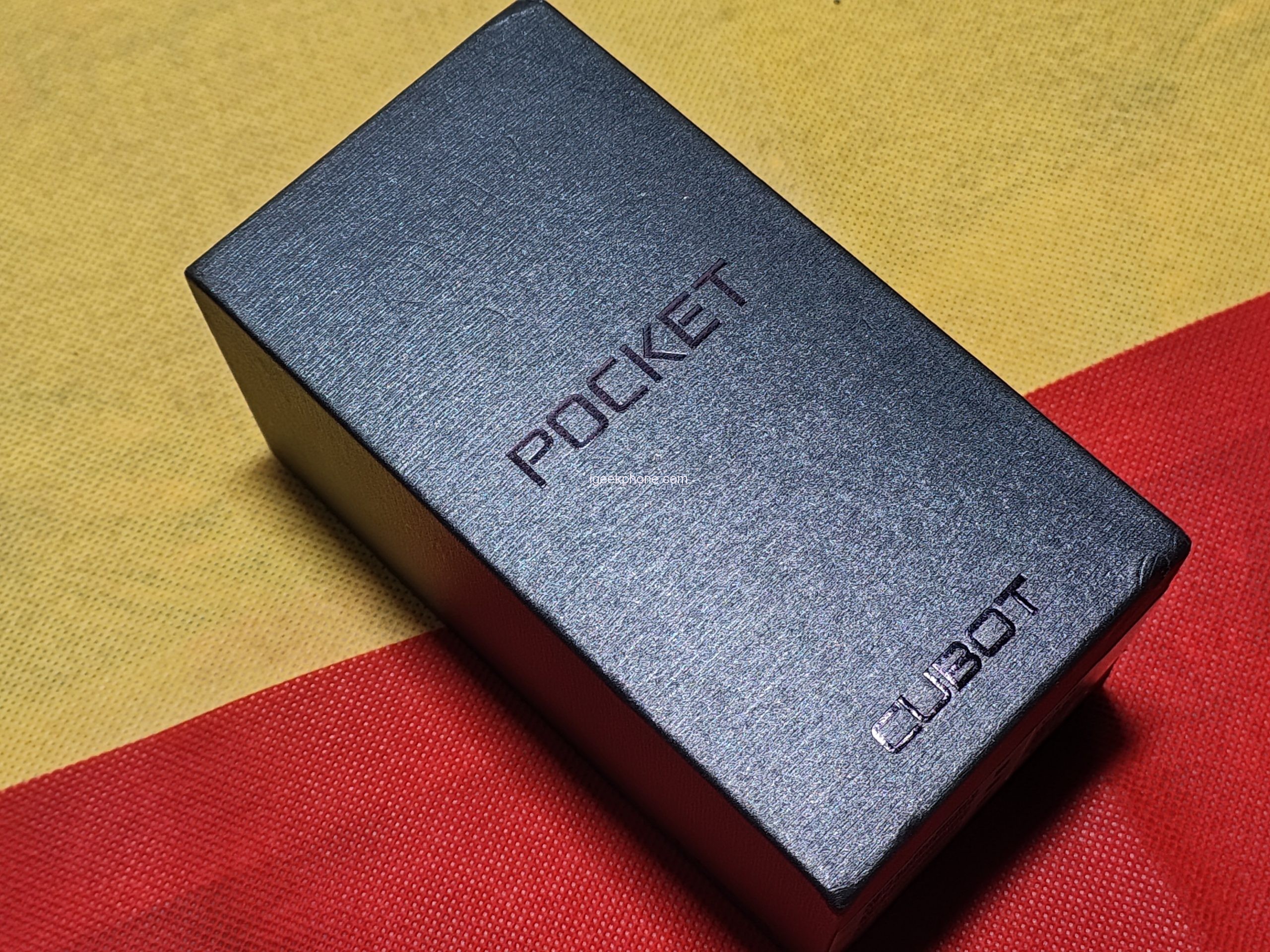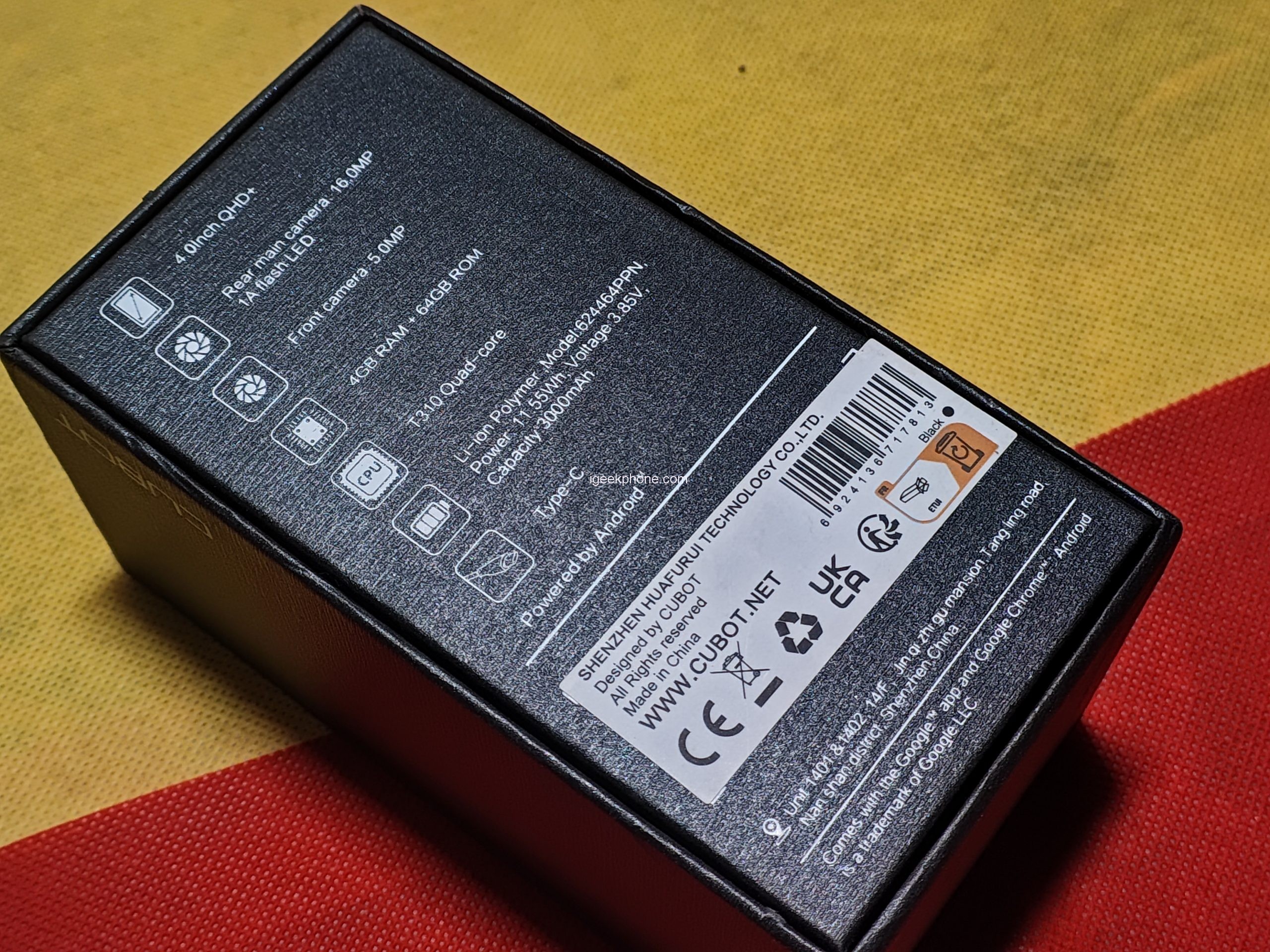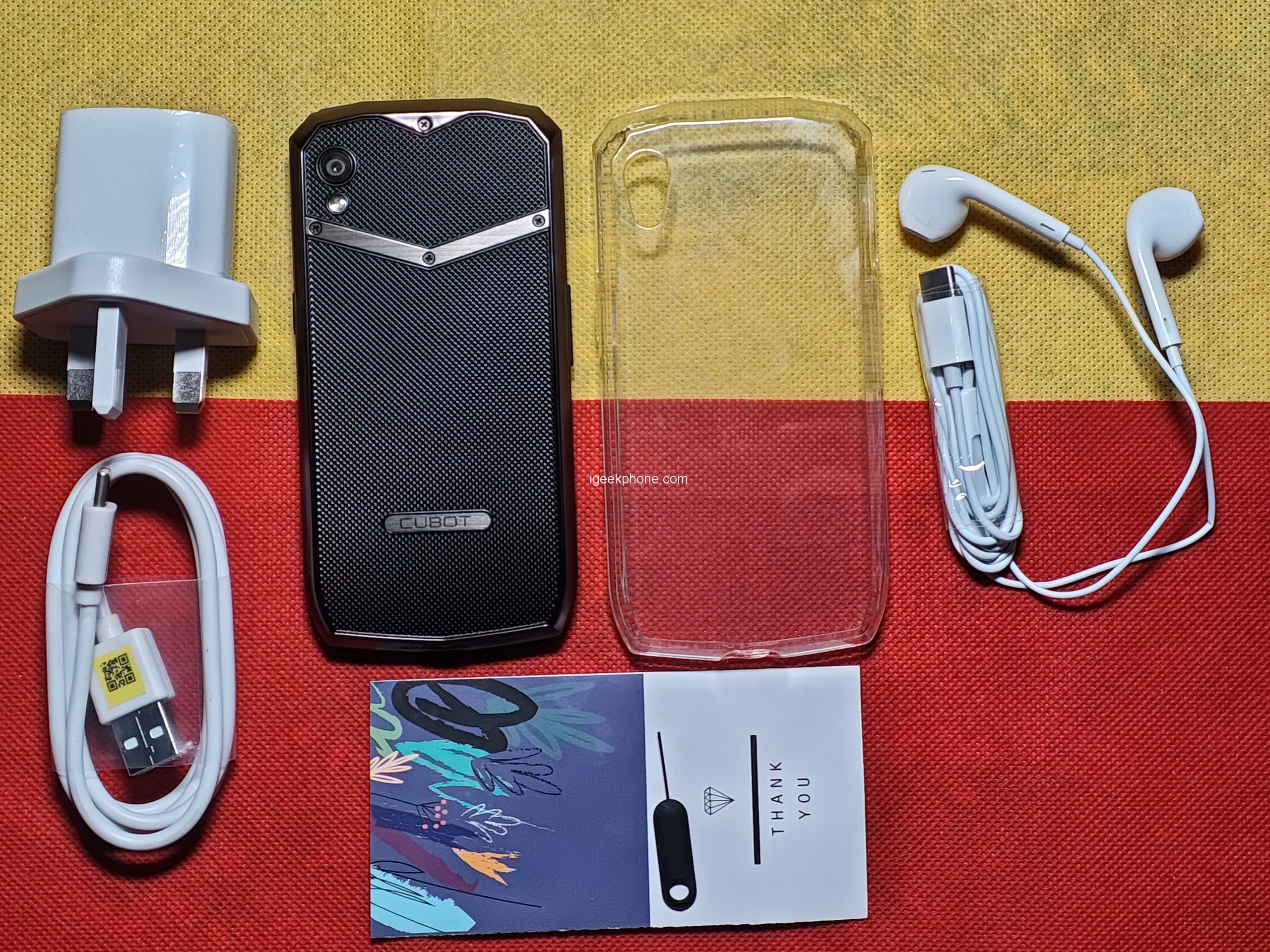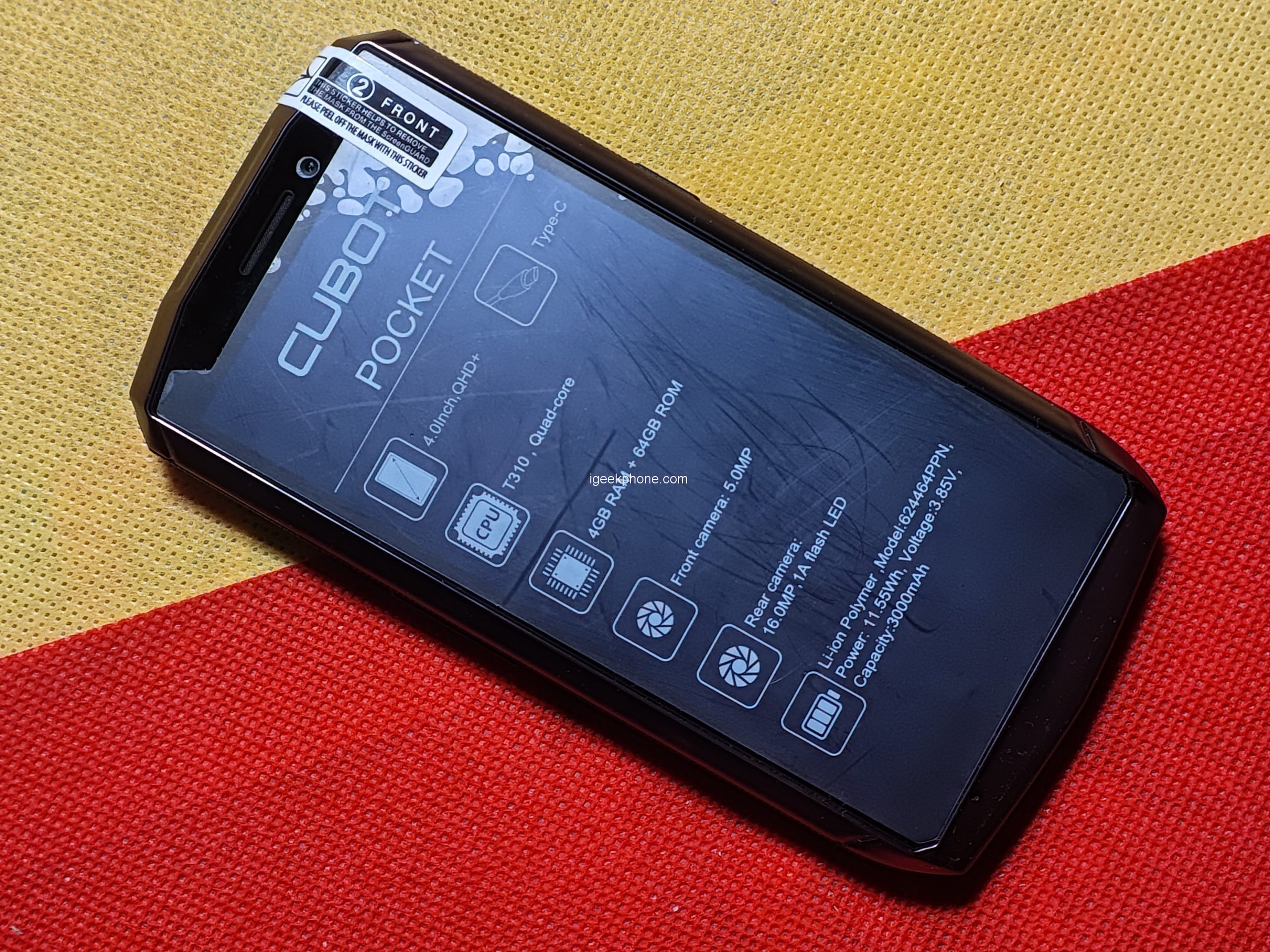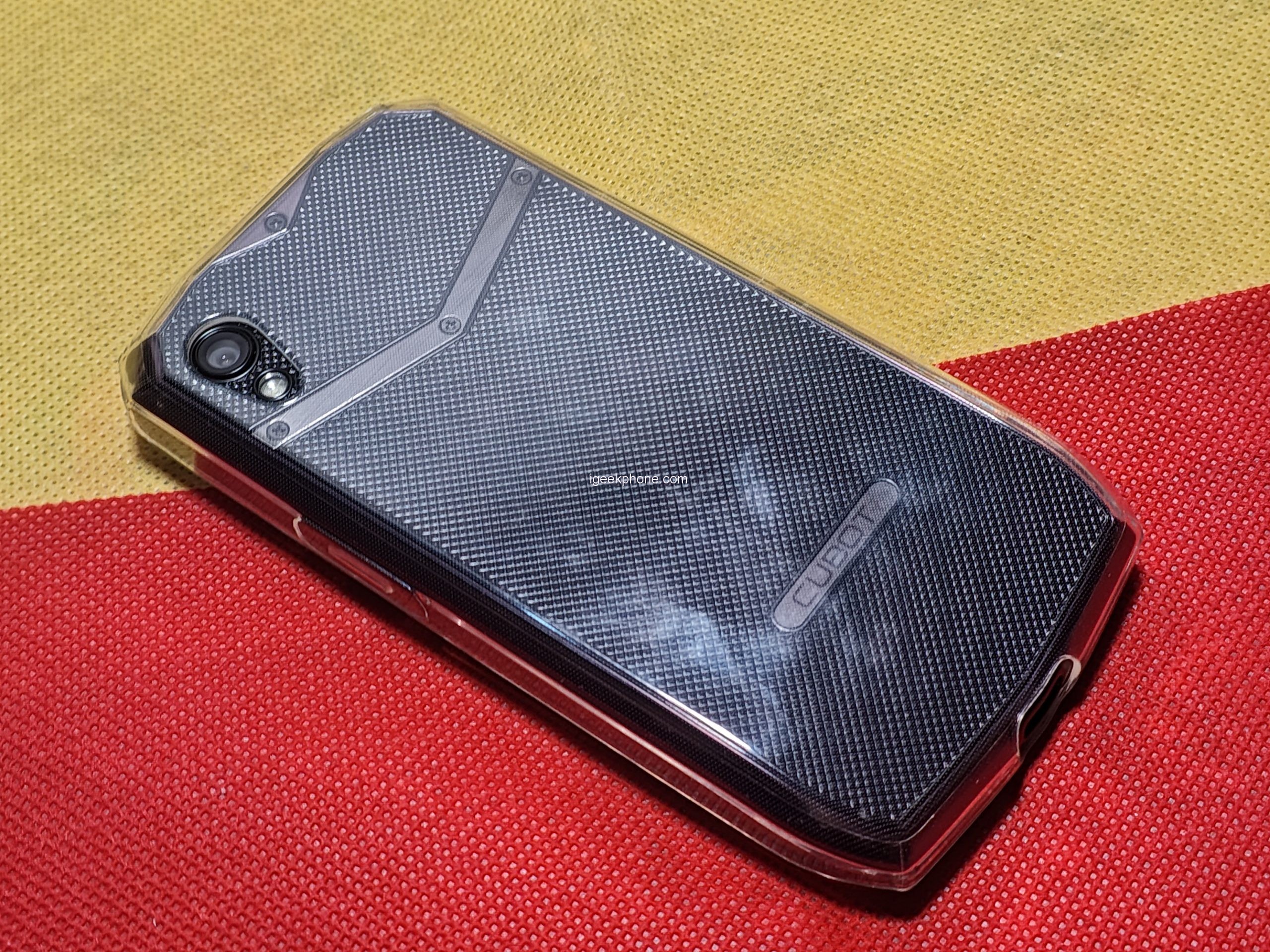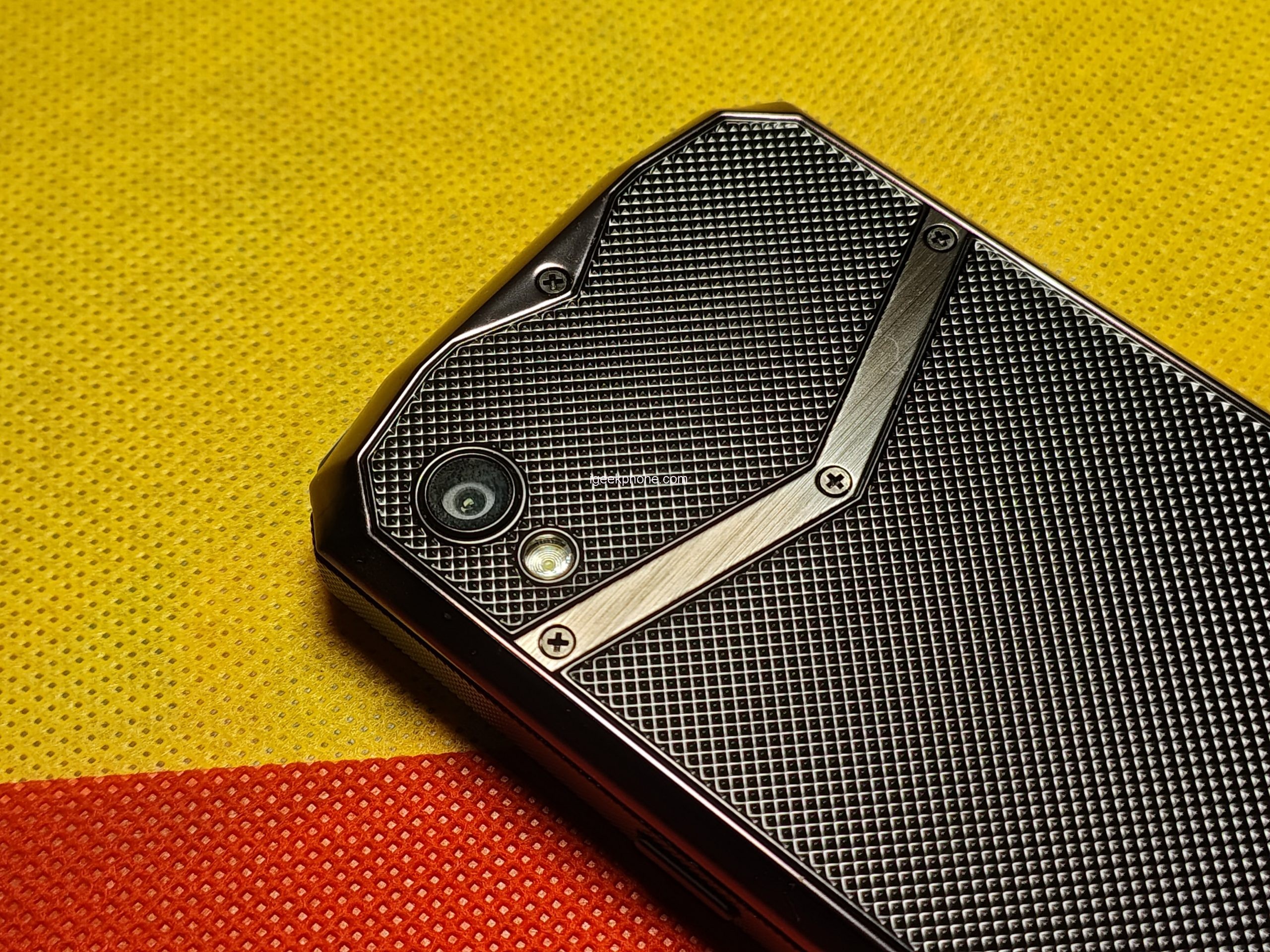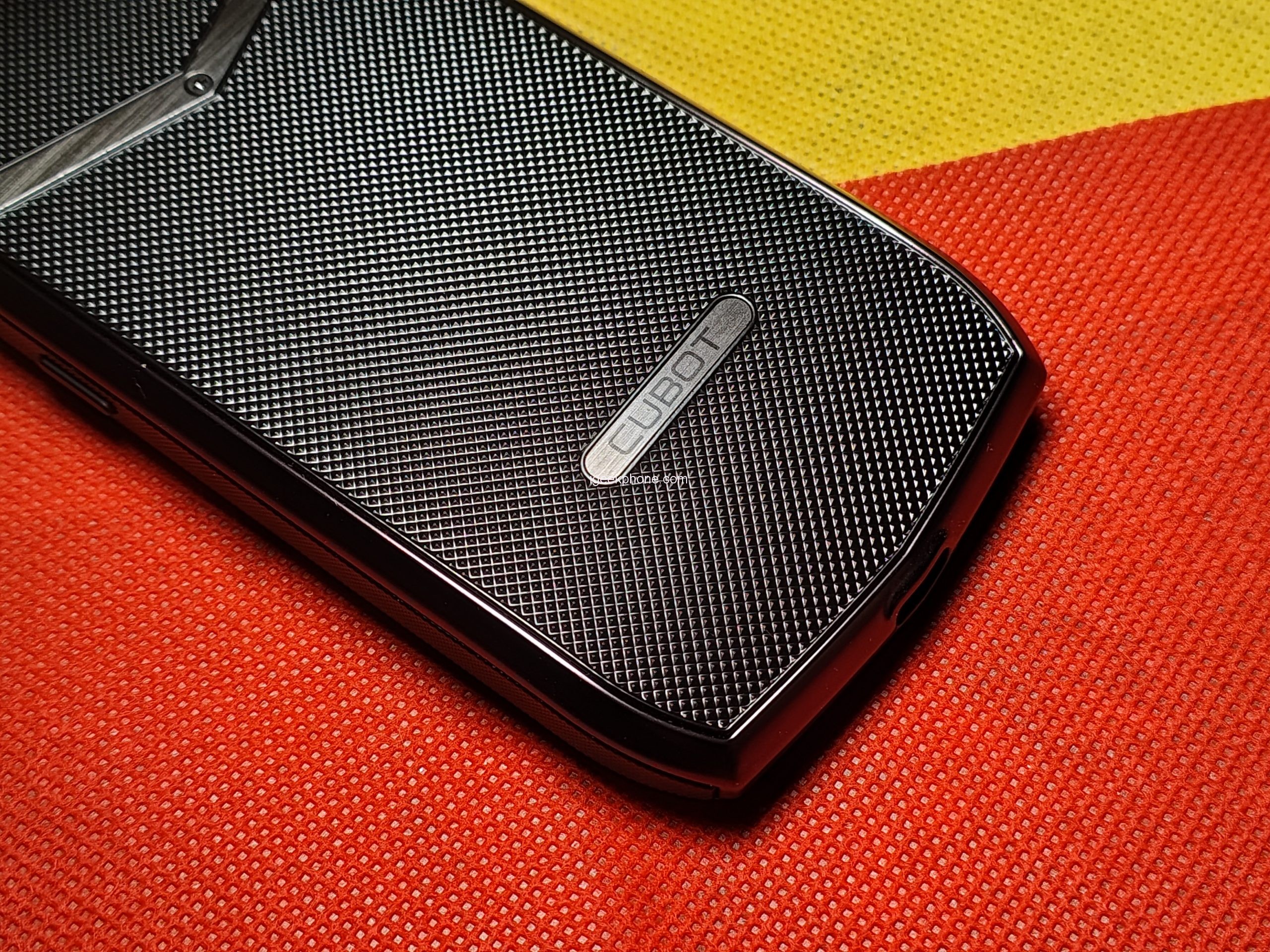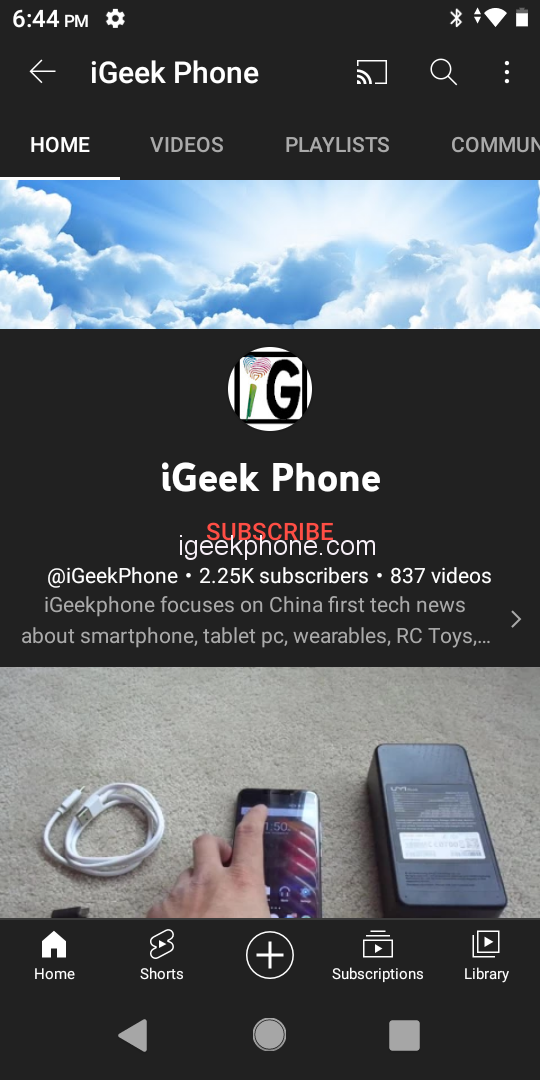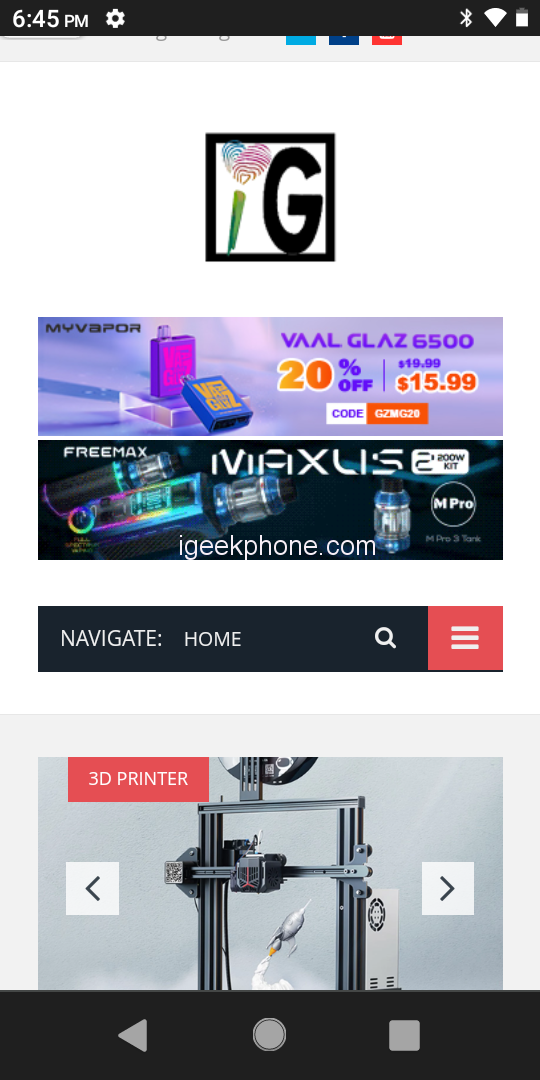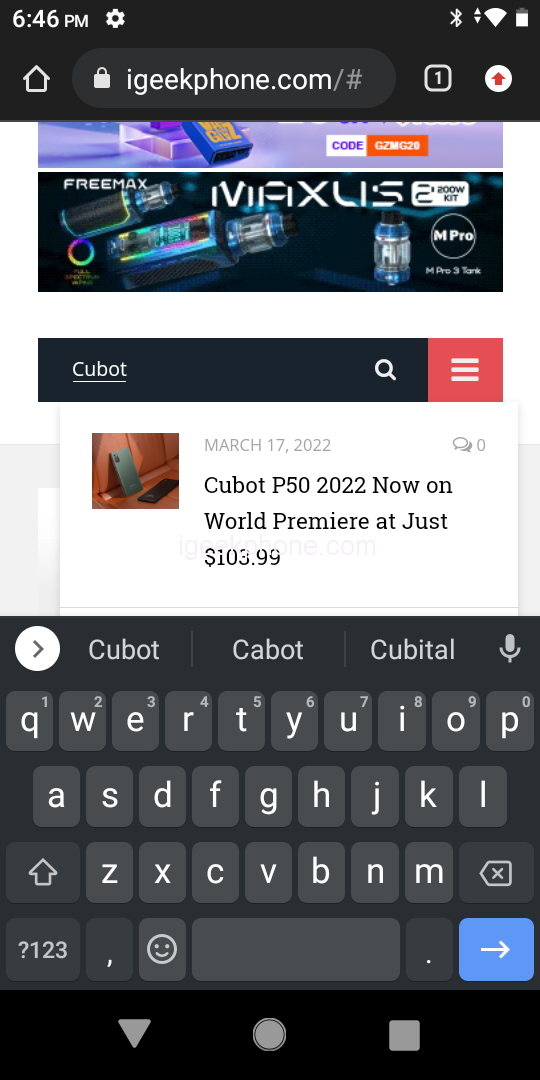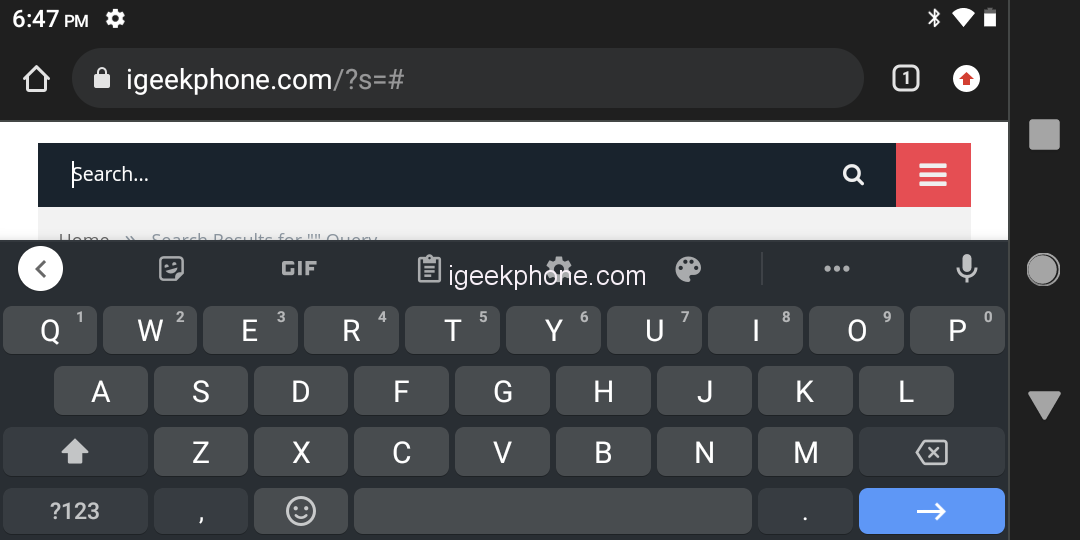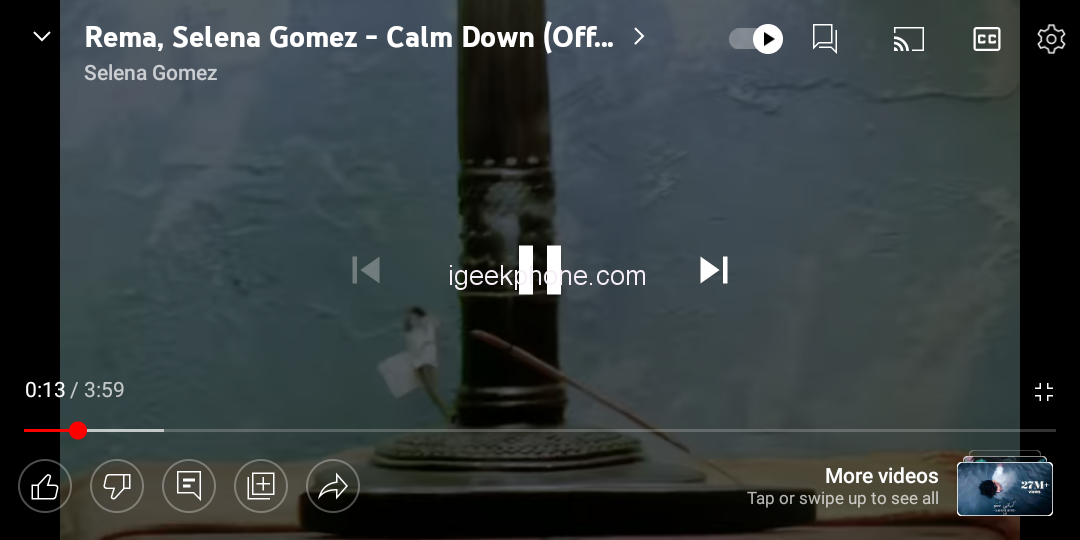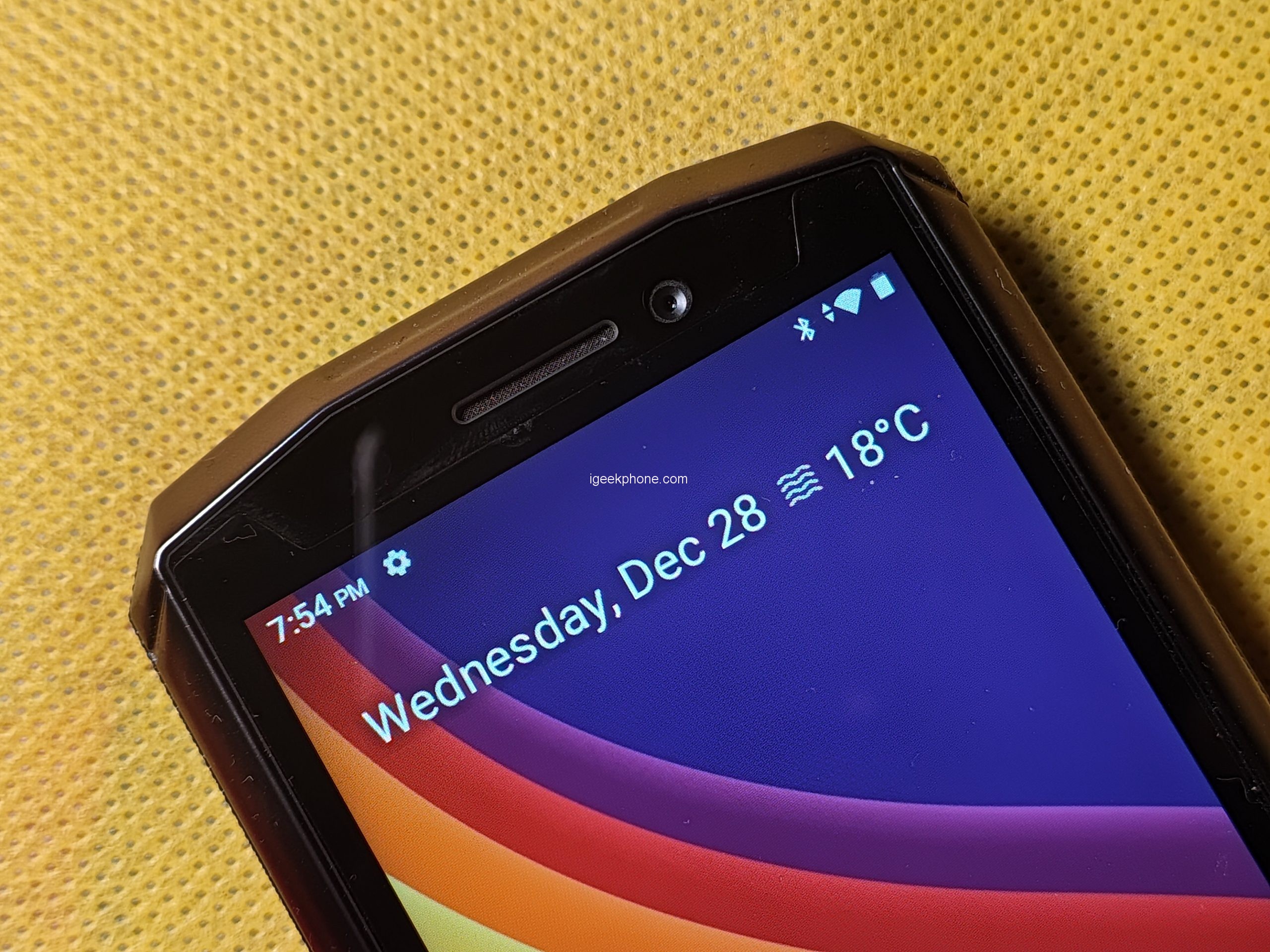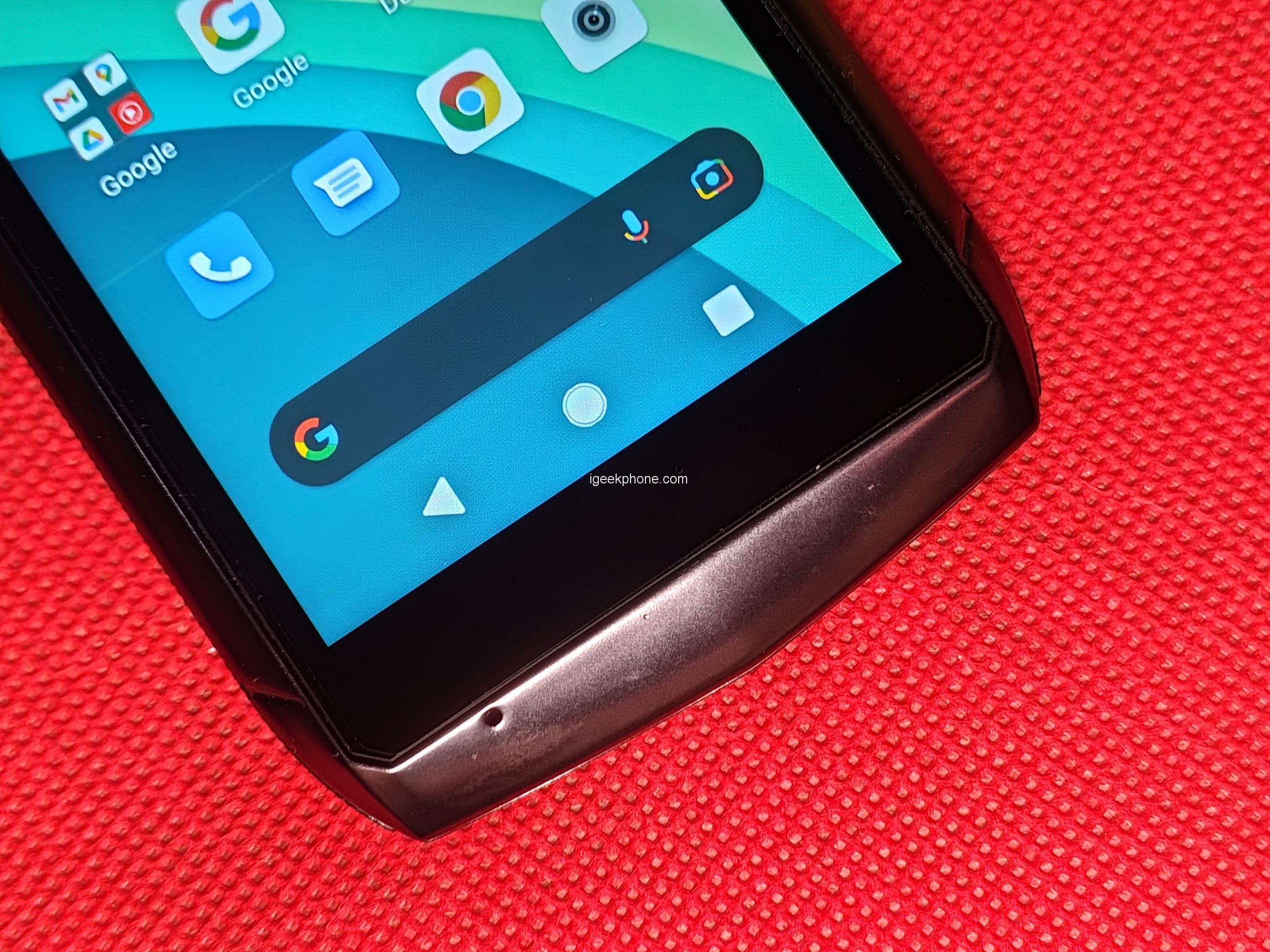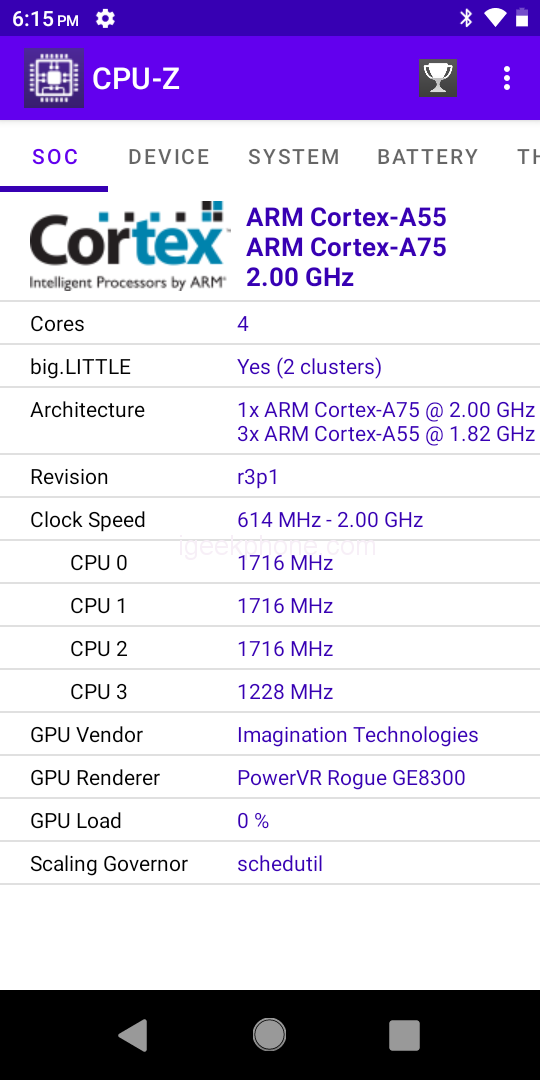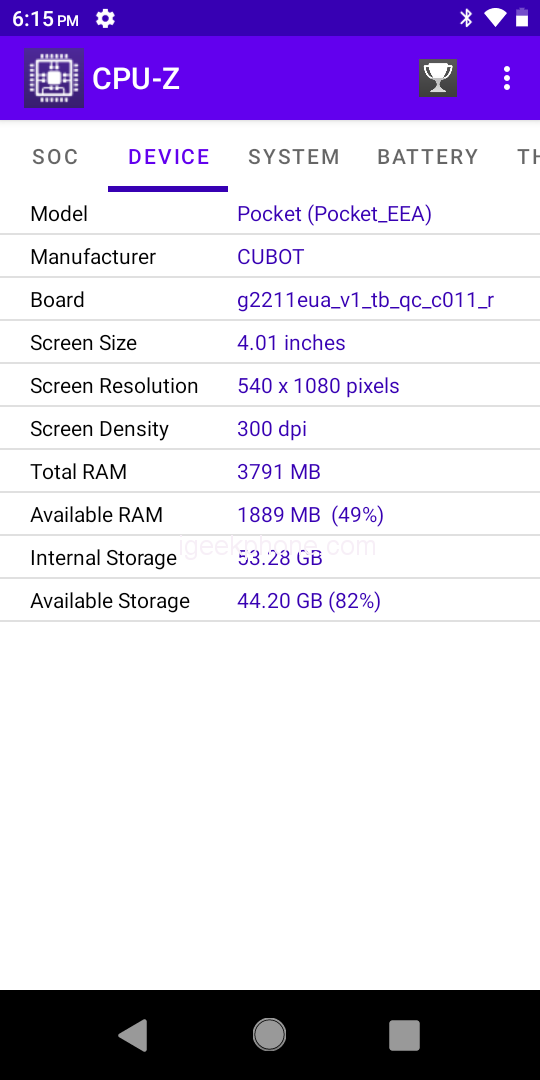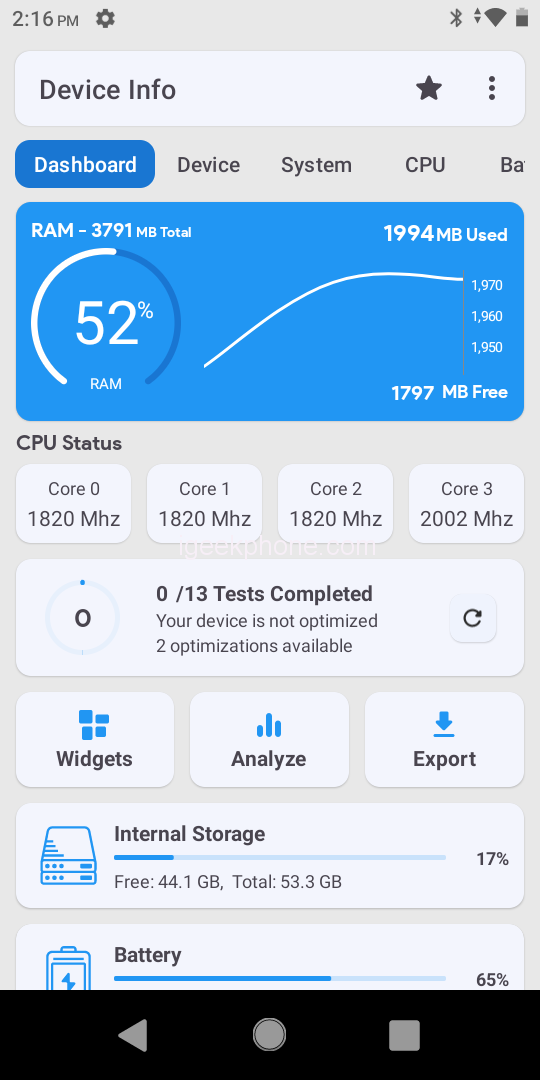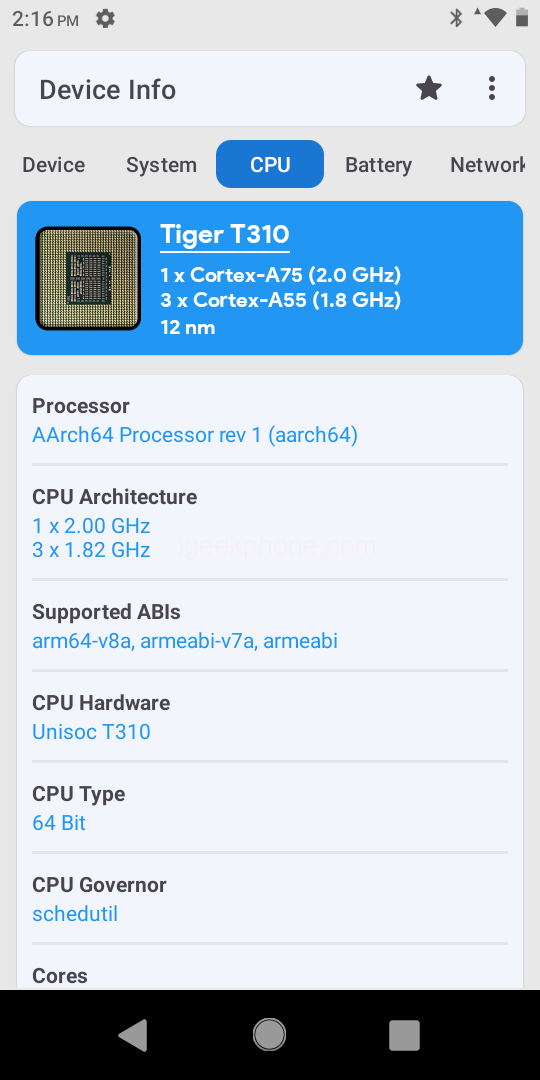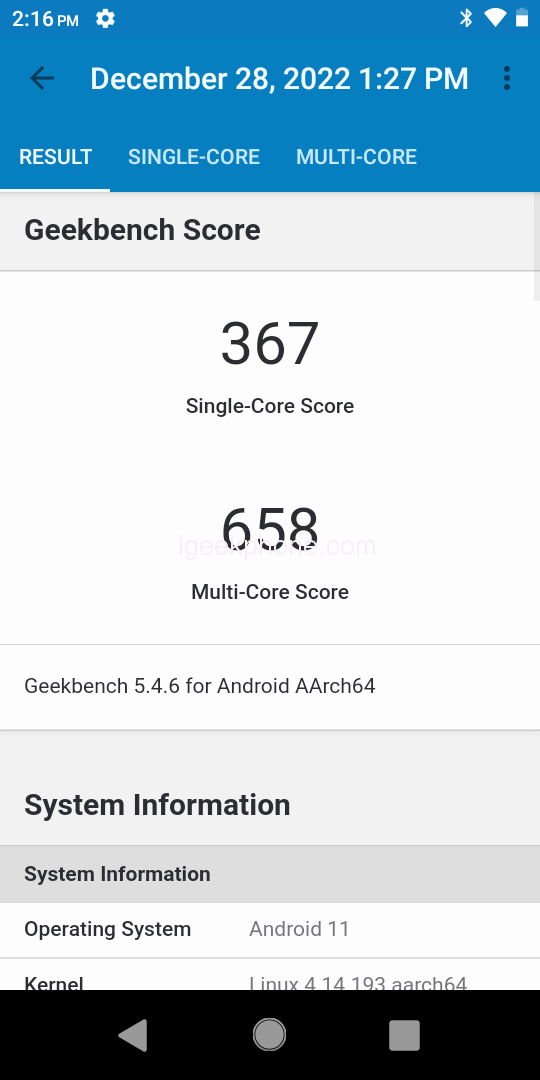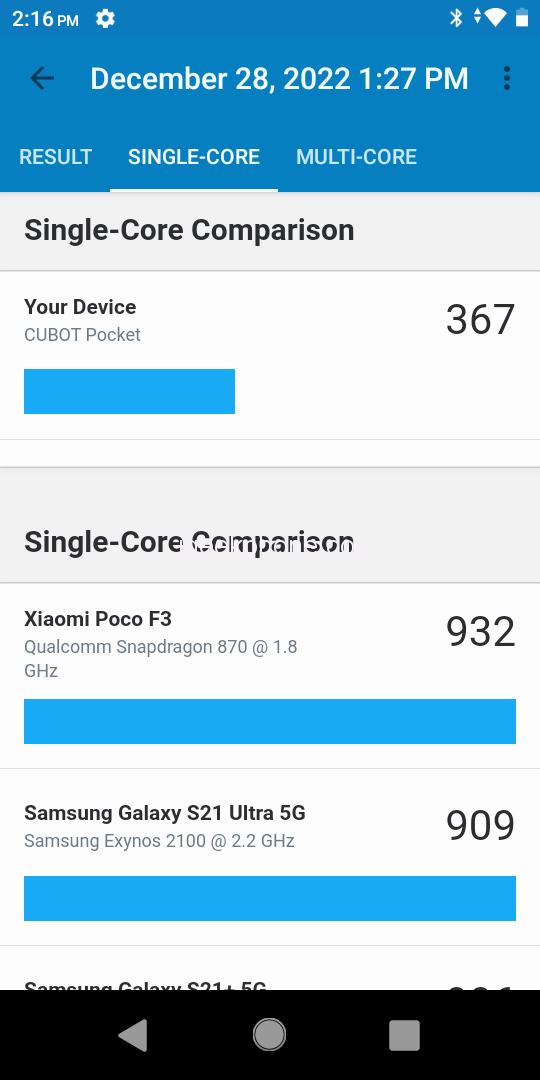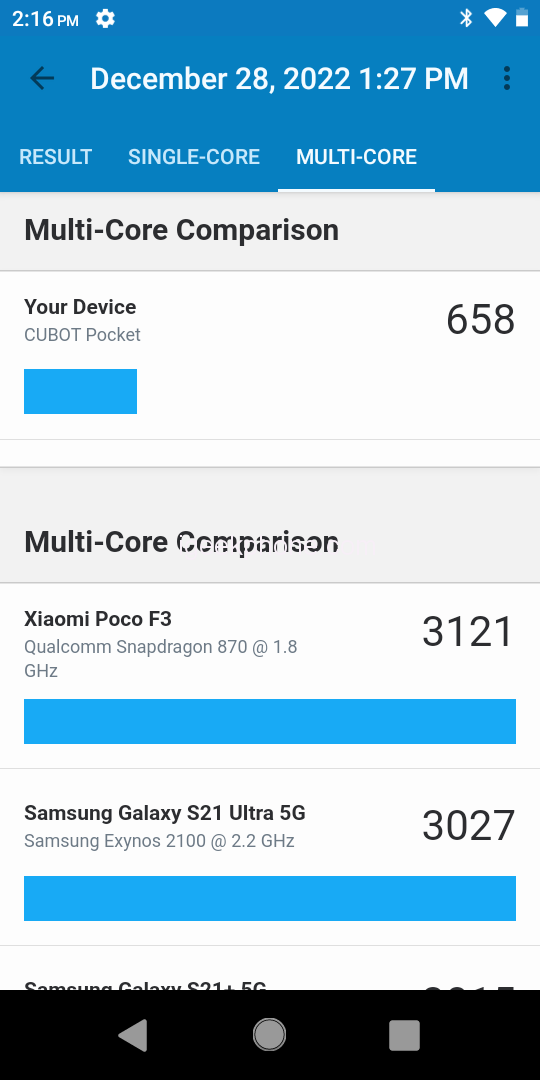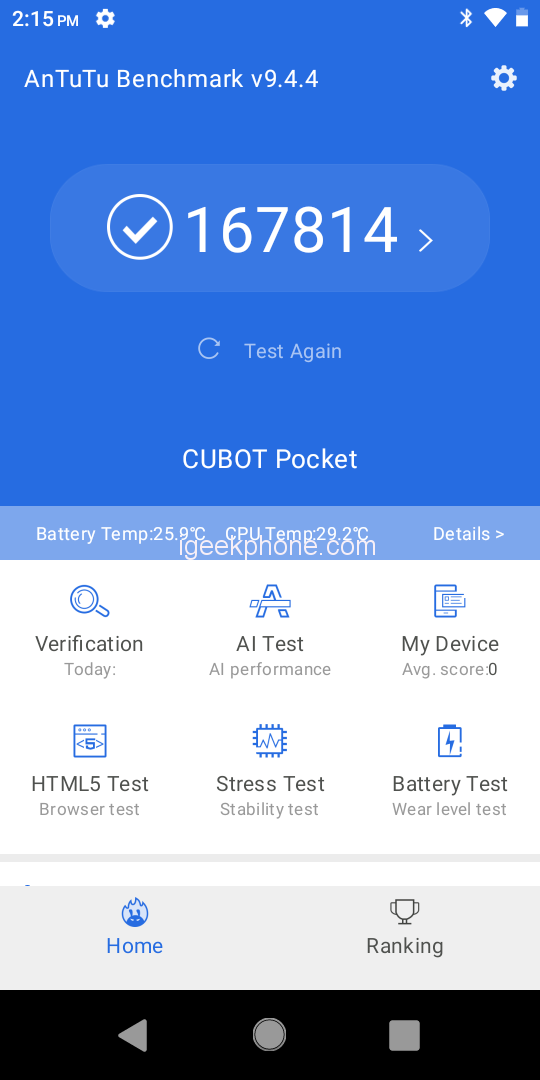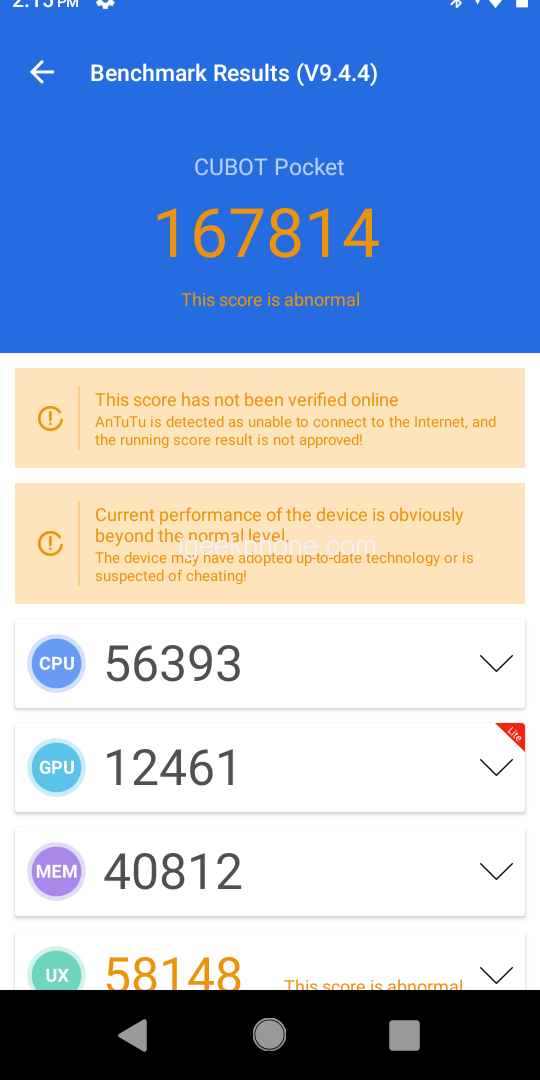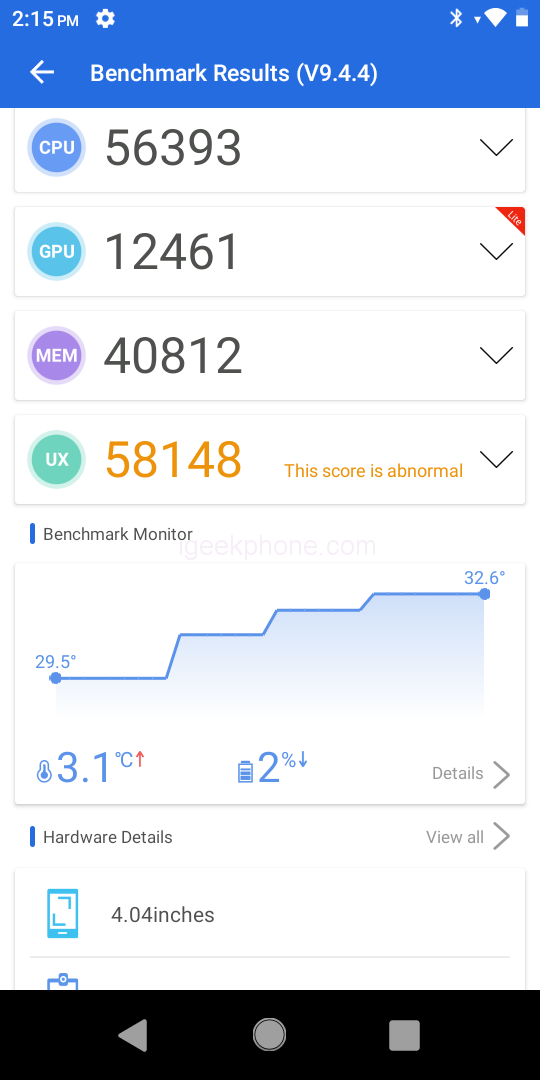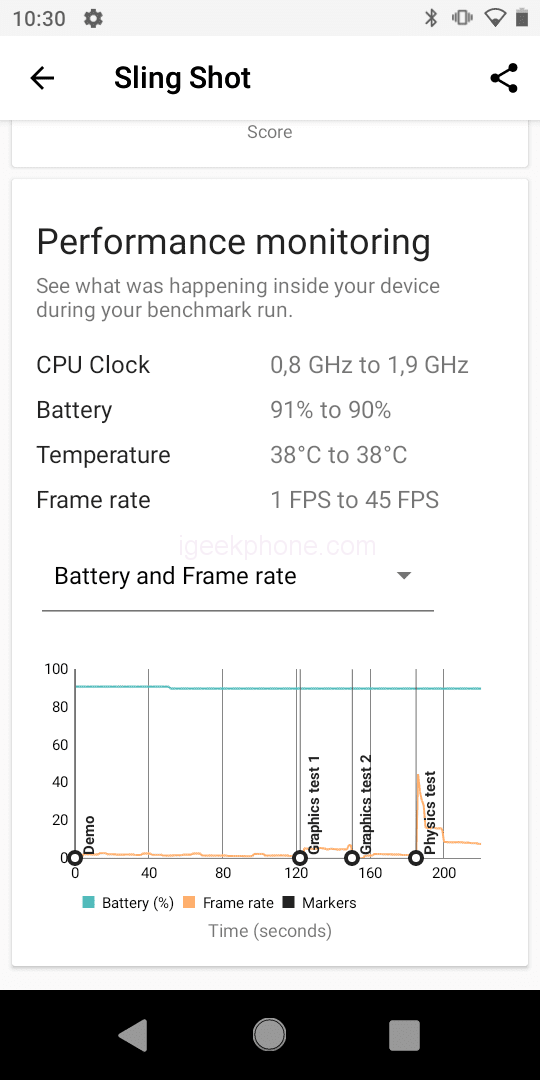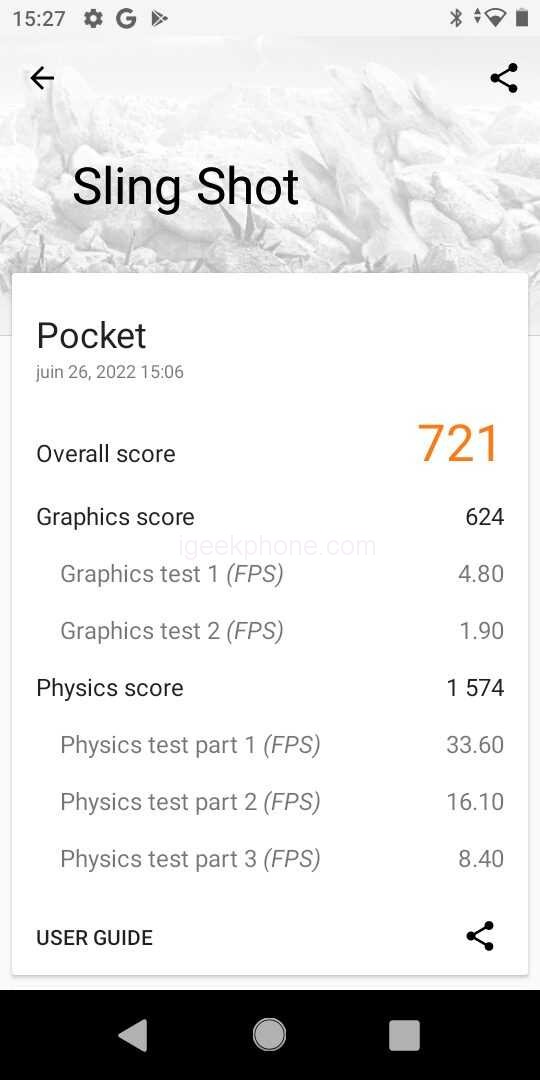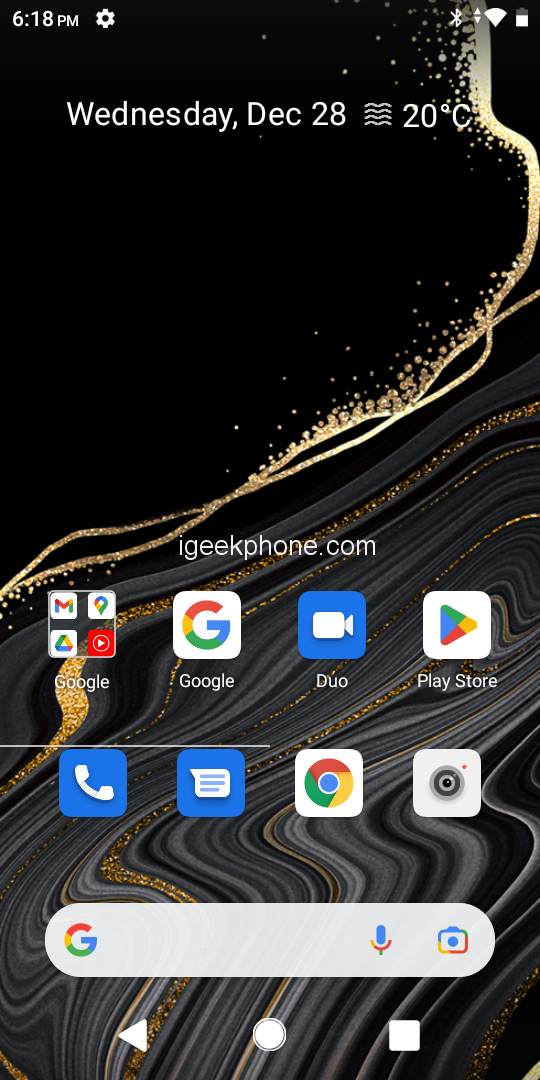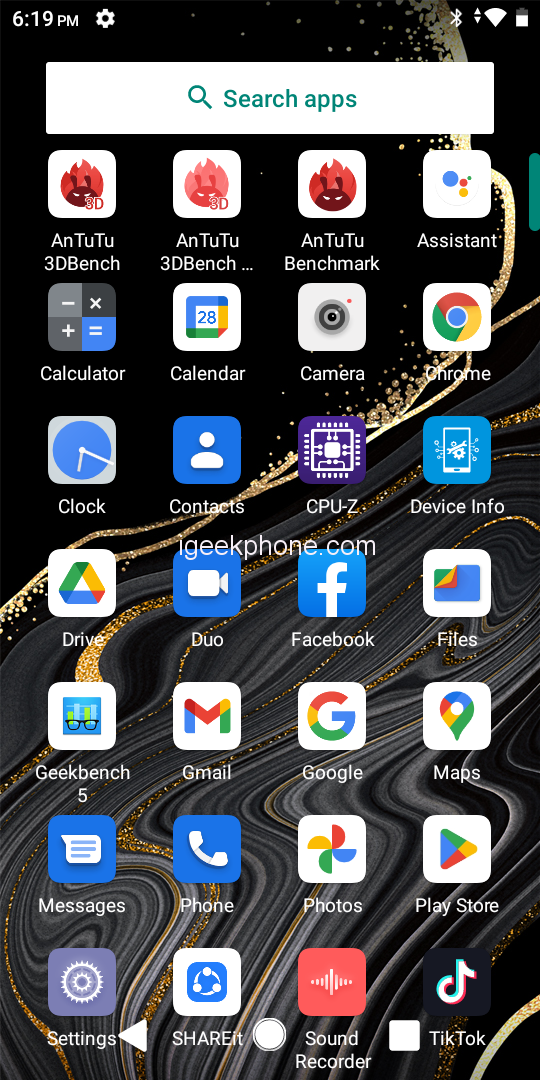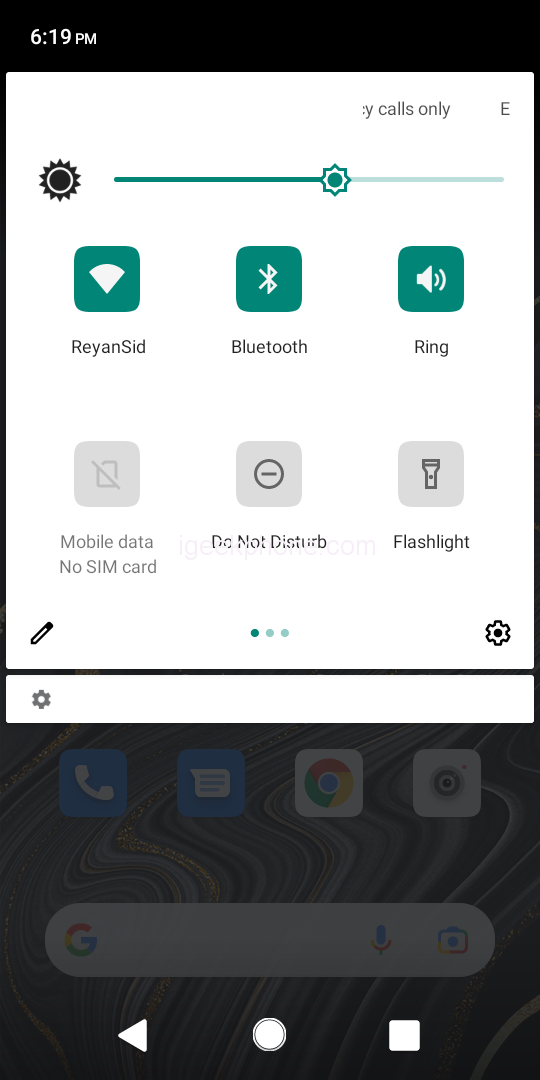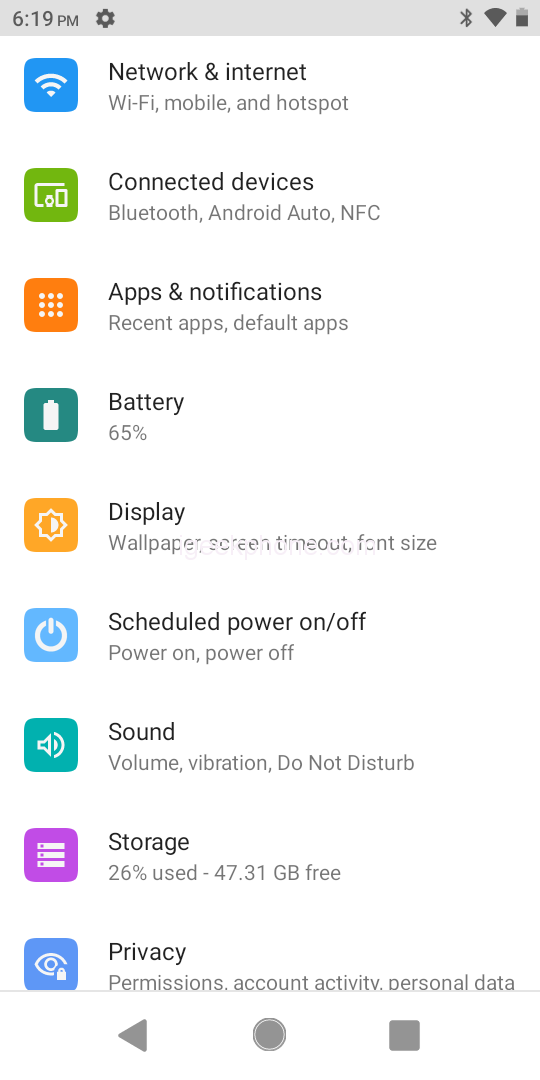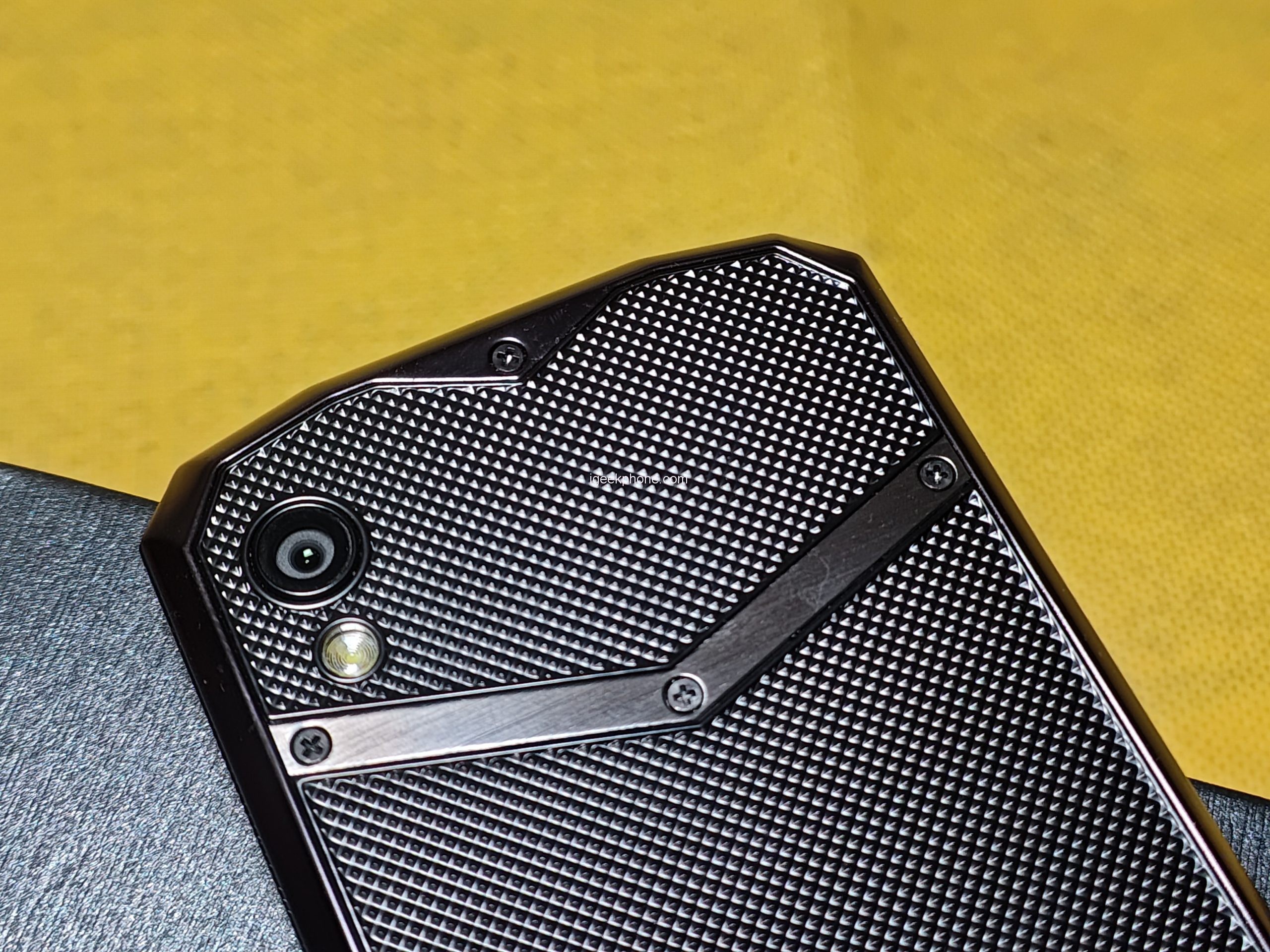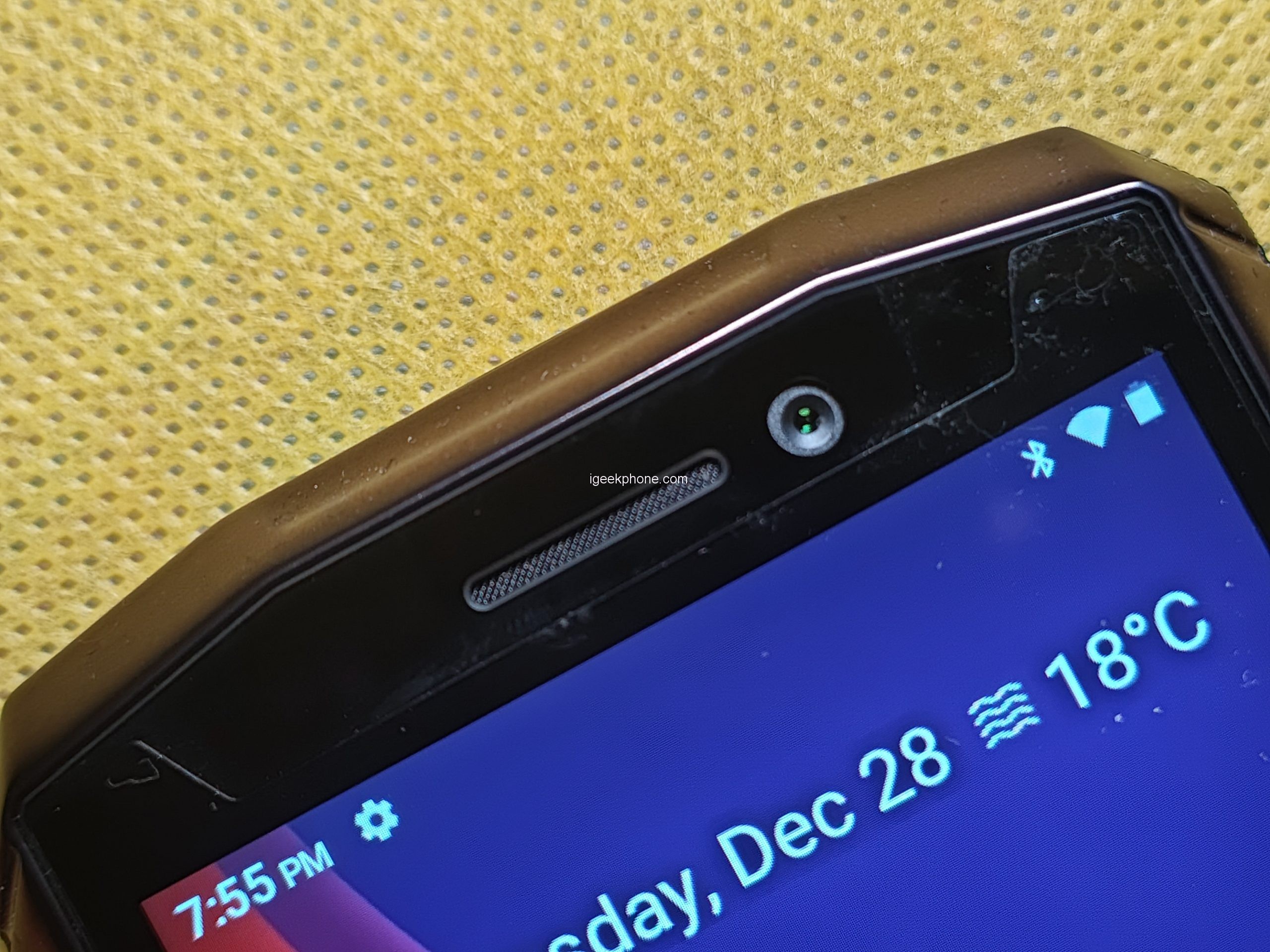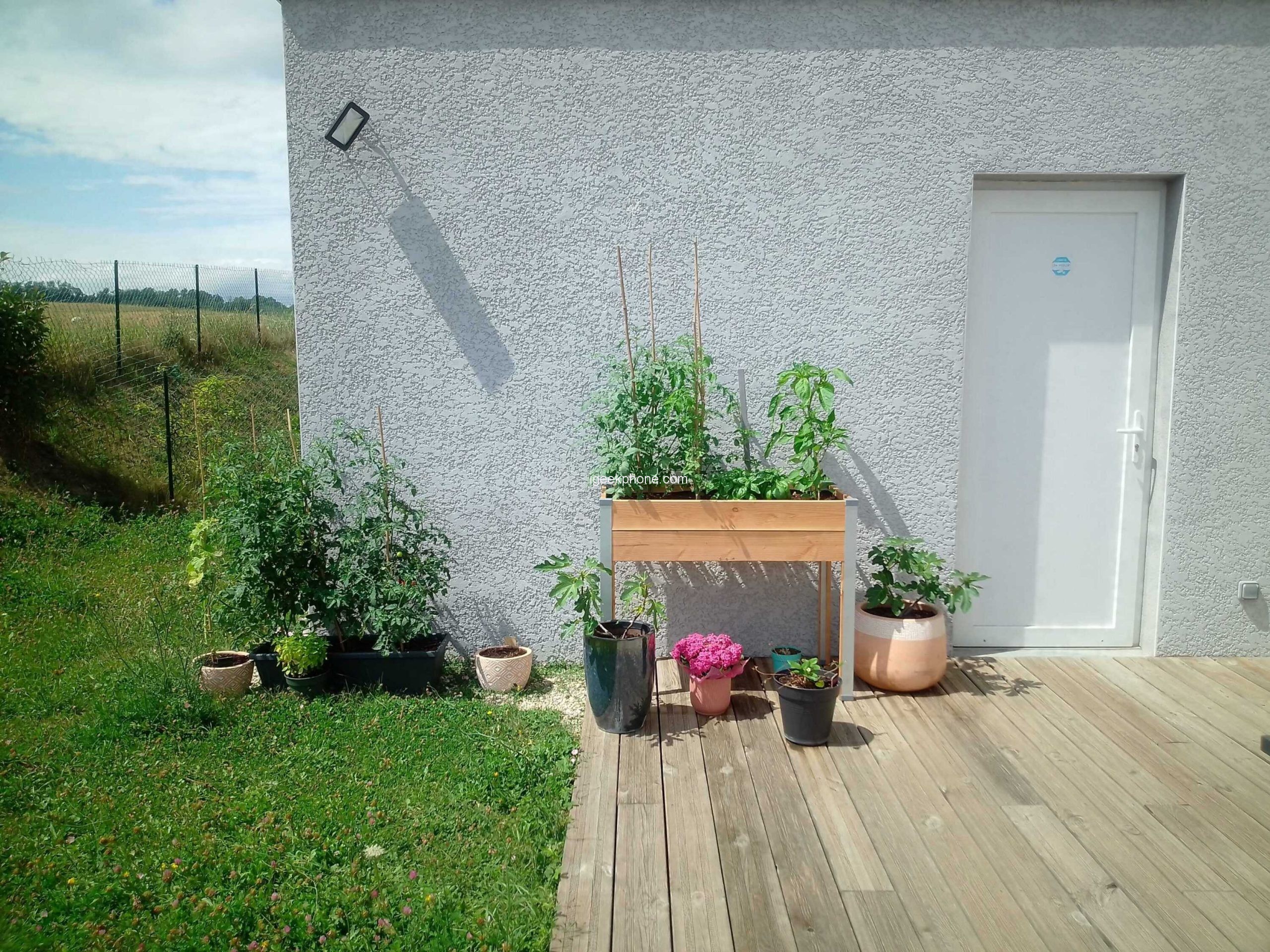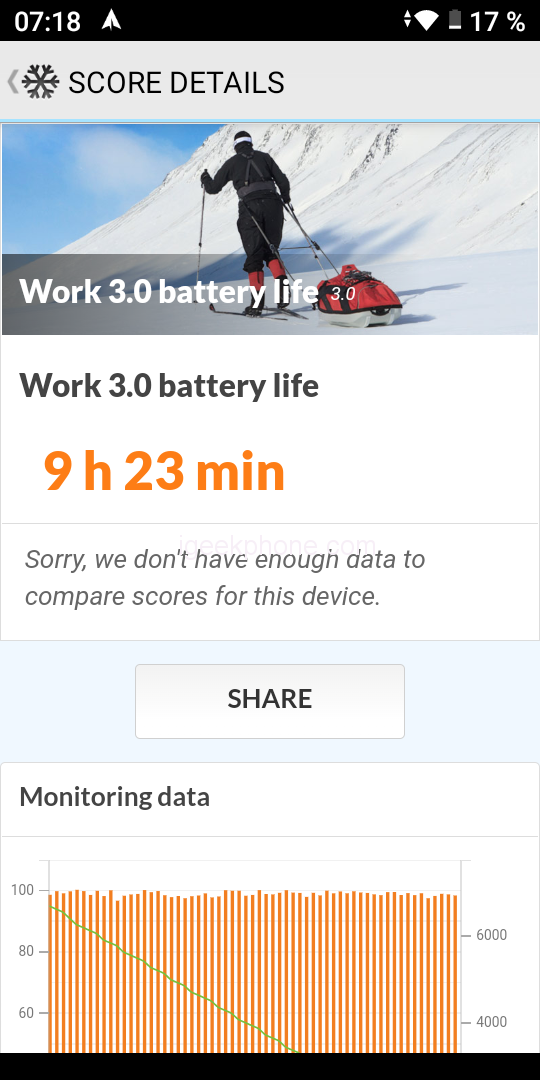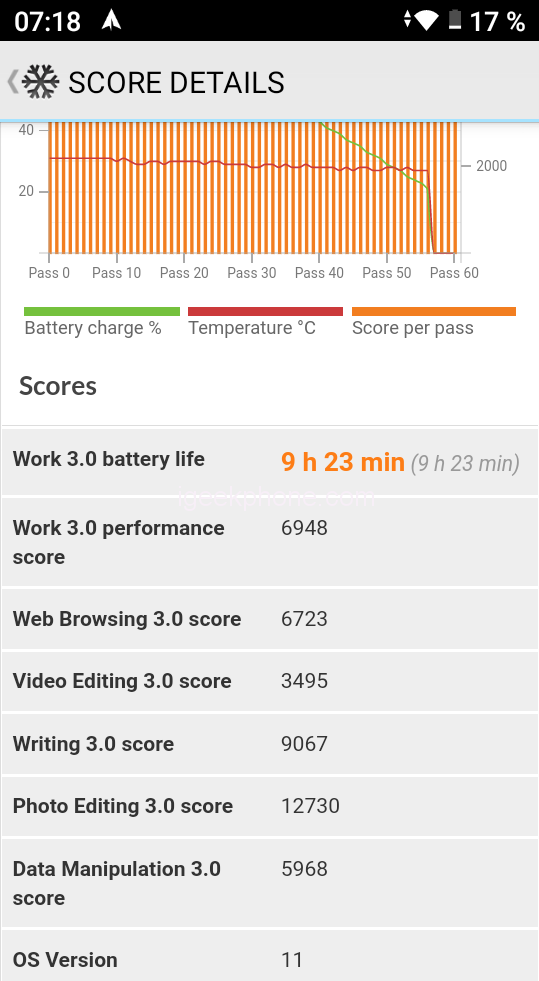The average screen size of smartphones has been growing steadily for some years, so much so that we now define a device with a screen of fewer than 6 inches as compact. I still remember how a guru like Steve Jobs had a very clear idea of the ideal size for a smartphone, fixing it at 3.5 inches. Things then went in a decidedly different way, so much so that by now the top of the range have screens larger than 6.7 inches, but there is no shortage of companies that try to change the cards on the table, bringing devices on the market that try to break the schemes. This is the case of CUBOT Pocket, a smartphone that has been accompanying me for a few weeks, and of which I am speaking to you today in this review.
Specification
- System: Android 11
- Processor: MT6762D (quad-core)
- Memory: 4GB RAM + 64GB ROM
- Display size: 4 inches
- Display resolution: qHD+ (540 x 1080)
- Front camera: 5 MP
- Rear camera: 16MP
- SIM card: 2 nano-SIM or 1 nano-SIM and 1 microSD
- Battery capacity: 3000 mAh
- Other: NFC, OTG, Face ID, Type-C
Unboxing
This Cubot Pocket arrives in a small, no-frills box. The design is sober, with a color, the name of the model, and the brand logo and on the back, the characteristics of the product, as is often done with the competition. Once opened, the packaging contains the phone well, as well as two slots reserved for documentation and accessories.
A protective cover is provided and pre-installed on the phone as well as a screen protector. In addition to the phone, a USB-A to USB-C cable, the 10W charger and the protective cover, a small note card, a SIM needle, and a protective cover are also included in the scope of delivery. This is made of transparent, relatively soft TPU plastic, which I don’t like at all on the very angular Cubot Pocket.
Design
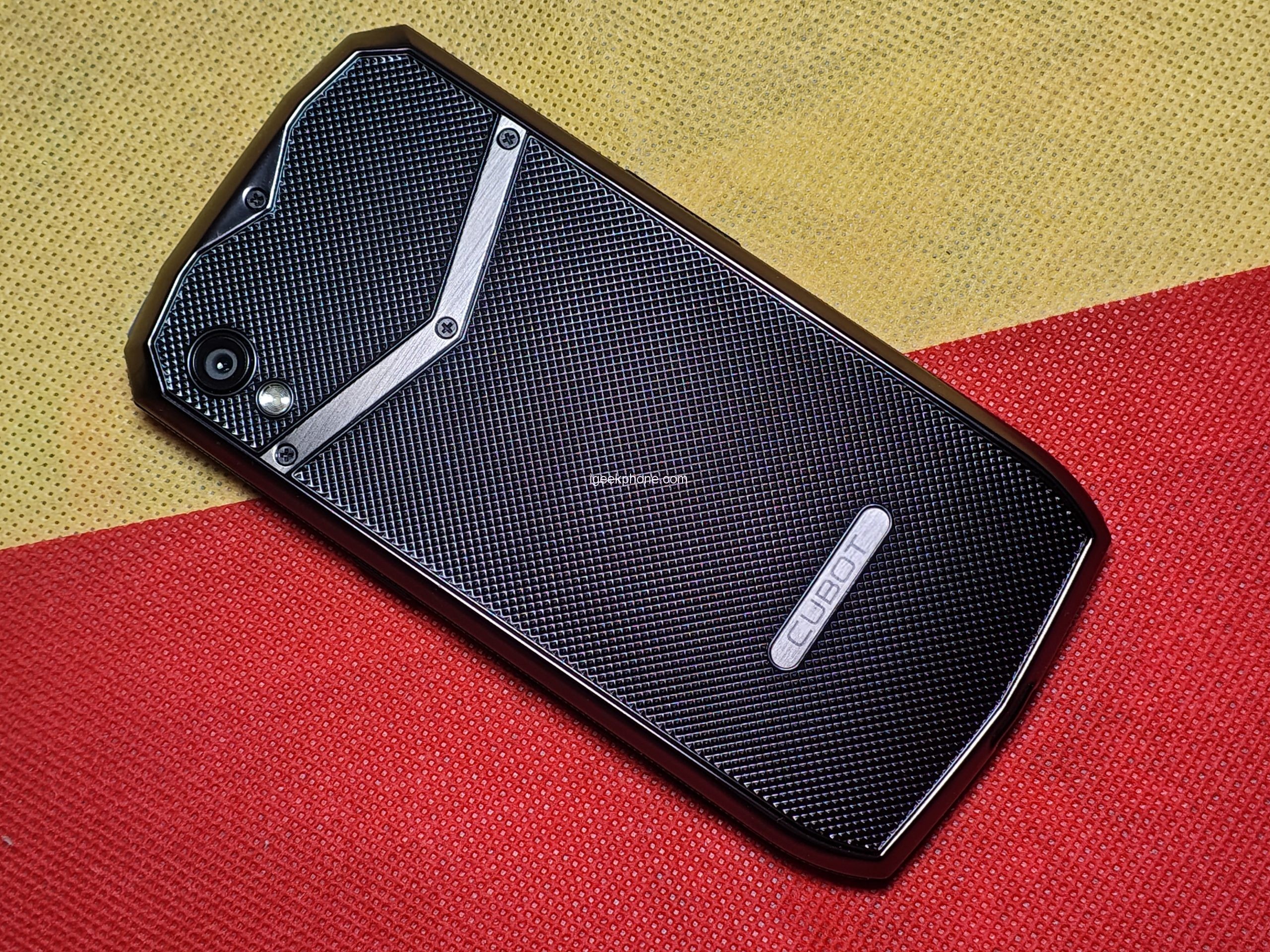
The Cubot Pocket is a phone that has a 4-inch screen. So it’s a really compact phone, closer to an iPhone SE than a normal phone. It’s touted as an attractive option for those looking for a device that fits in the smallest of pockets. This is an interesting step on the part of the brand, which goes against the current market, where we see that mobile screens are getting bigger and bigger.
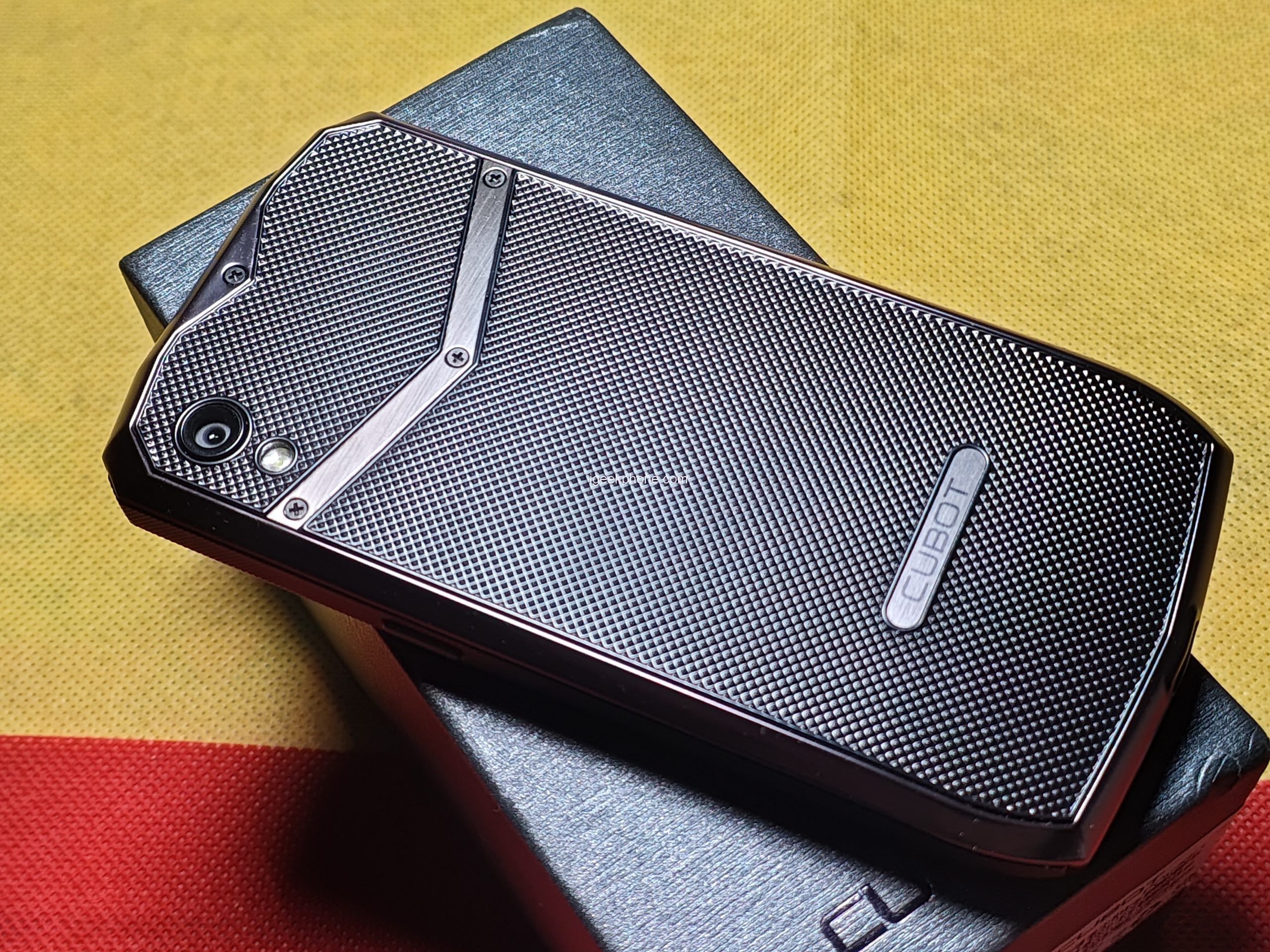
The Cubot Pocket measures 119 x 58 x 12.5 mm, which is a much smaller dimension for a complete smartphone than what is currently on the market. By way of comparison, the iPhone 13 mini remains larger (131.5 x 64.2 mm) although less thick (7.65 mm), for a price displayed up to 5 times more expensive.
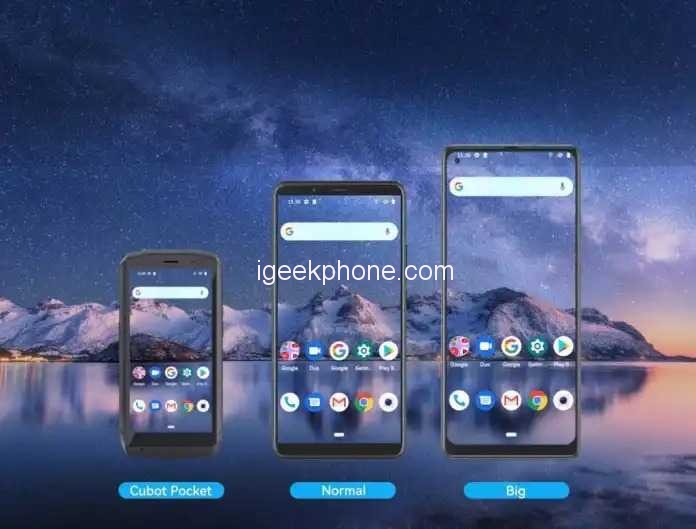
The image will give you a better idea of the 3 current smartphone form factors.
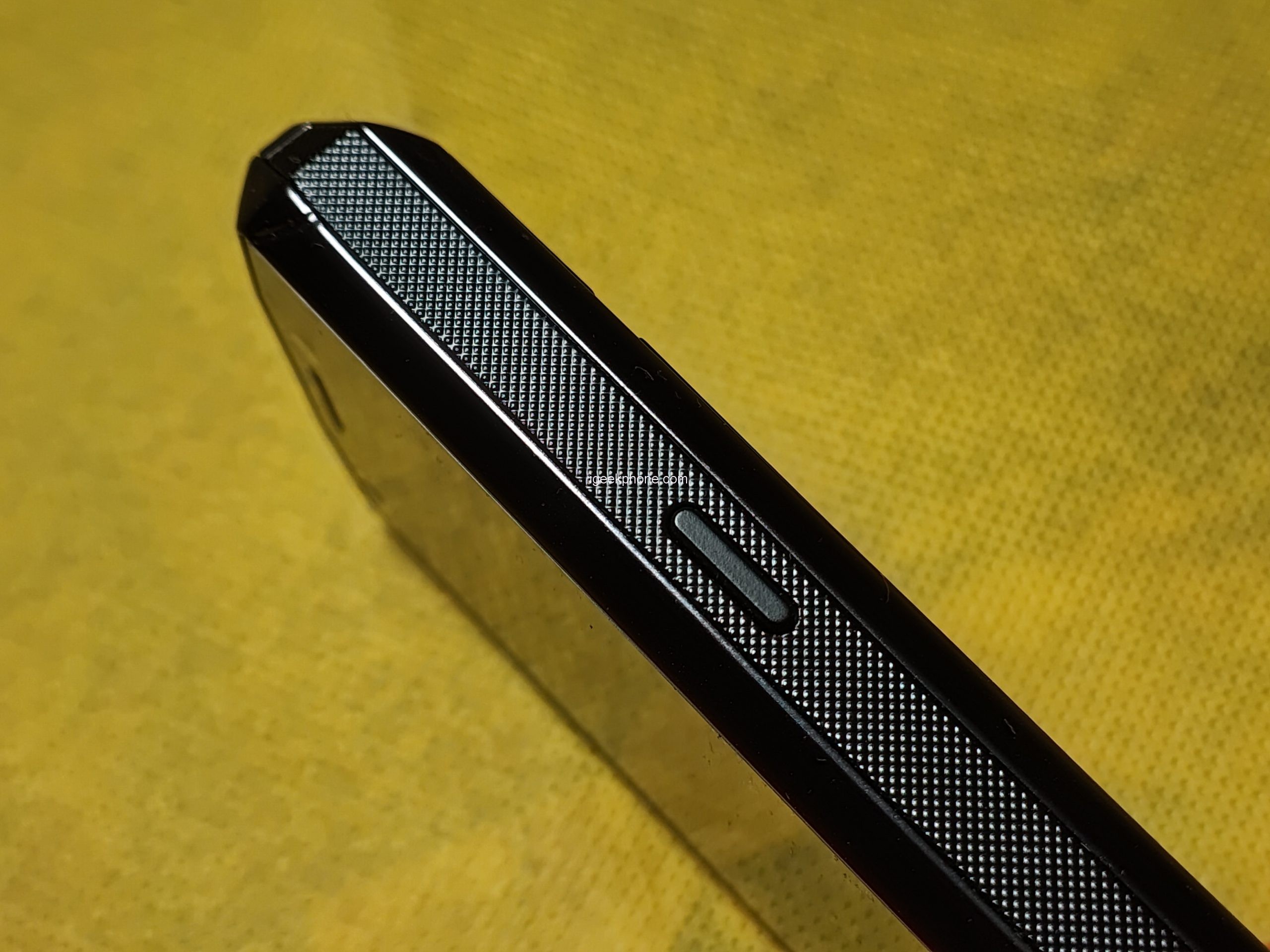
On the design side, this Cubot Pocket has a button on each side of the phone. You will find on the right side a power button.
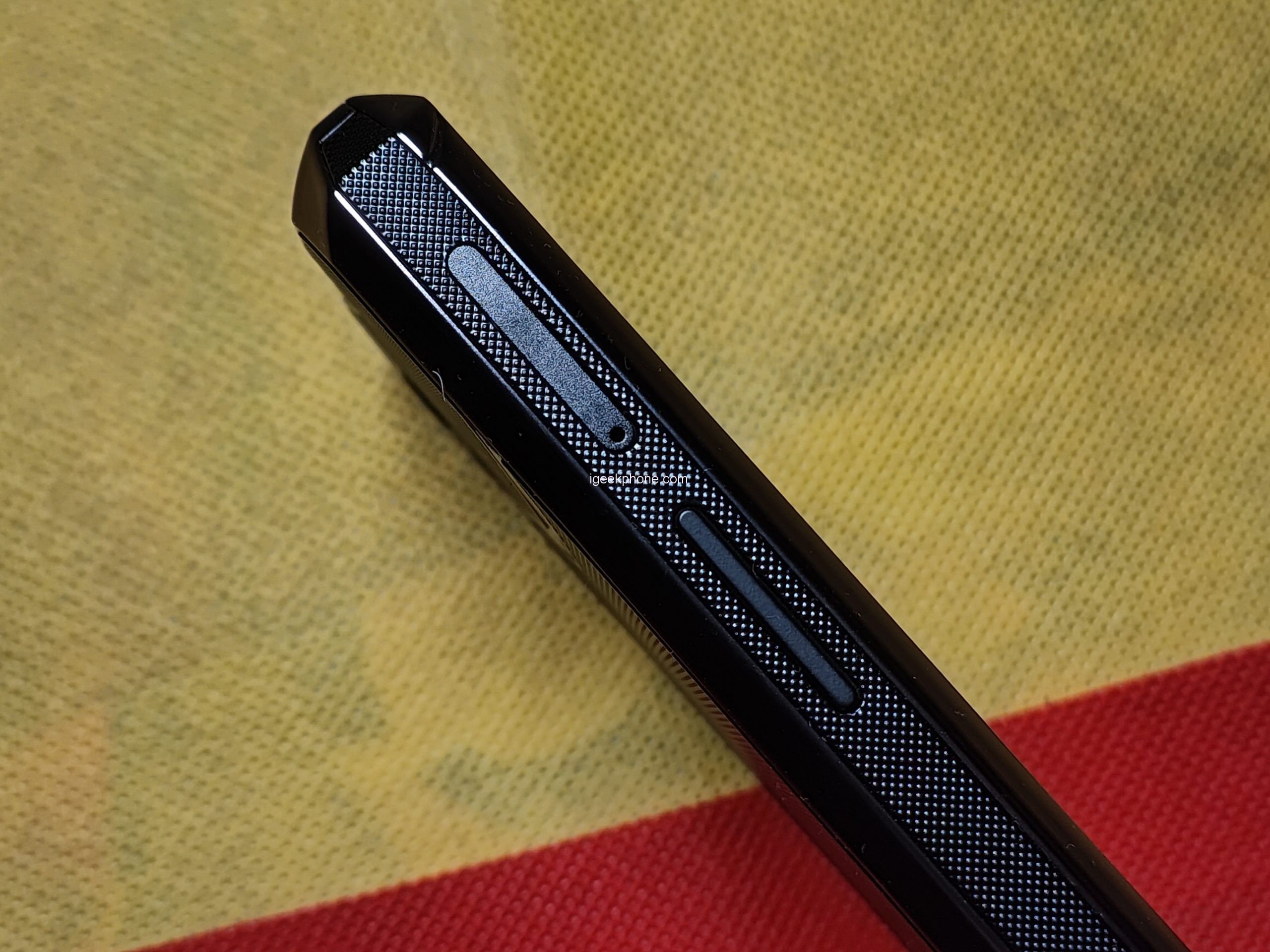
And on the left side a button to adjust the volume.
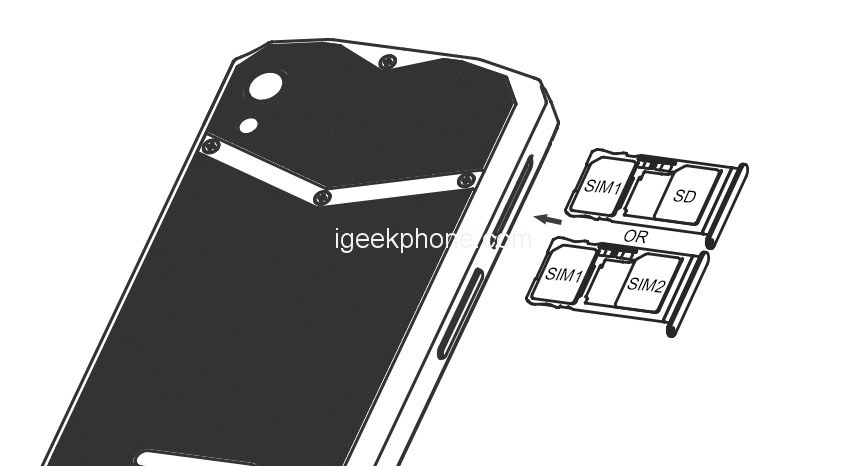
You will have noticed on this same side a drawer to accommodate the SIM card. This allows you to insert a second SIM or expand the storage capacity via a MicroSD card.
The back looks like what you see on some luxury phone, who remembers Lamborghini phones? However, you will not find any metal here, the set is 100% plastic and its weight on the scale is 149 grams.
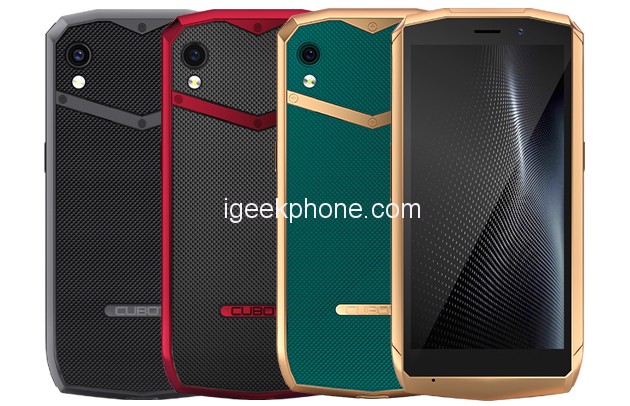
If you want a more eye-catching design, this Cubot Pocket, in addition to black, is available in 2 different additional colors, red and green.
Display
The Cubot Pocket’s display is a 4-inch IPS display with a 2:1 ratio and a resolution of 1080 × 540 pixels. This results in a pixel density of 300 pixels per inch. This value is not exactly great, but not really bad either. Individual pixels can only be perceived with effort. However, the picture does not look crisp either. I set the font sizes to L via the system settings, which brought a significant improvement in readability. In portrait format, you can even use the on-screen keyboard surprisingly well. A bit of practice is necessary at first, but after a little getting used to it, I was able to type on the Pocket almost as fast as I could on my Redmagic 7.
In landscape mode, however, there isn’t enough room on the small screen to display anything else above the keyboard. Without an on-screen keyboard, for example with Android Auto, everything you need can be seen on the display and the buttons are still fairly easy to find when driving.
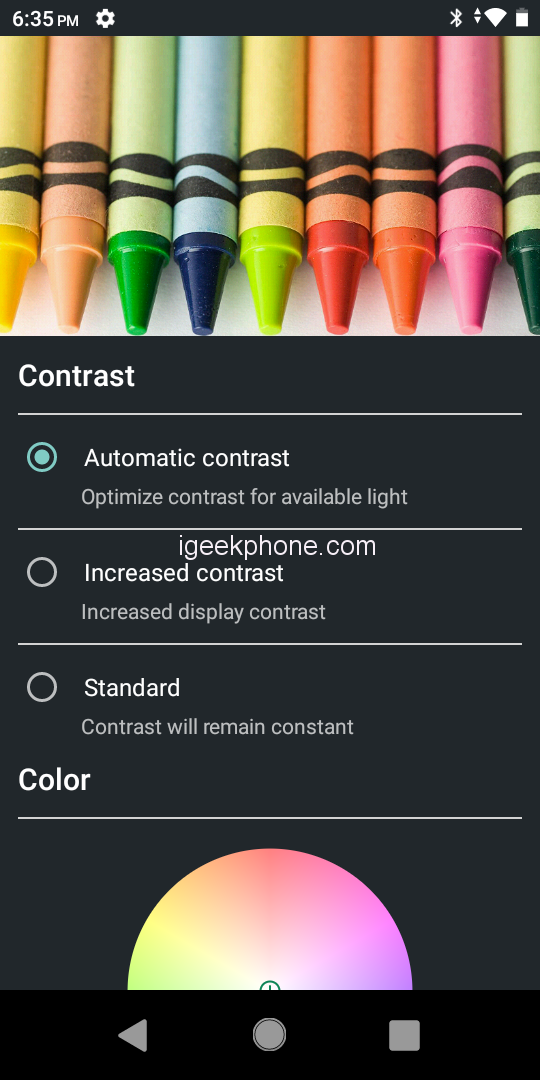
The brightness of the display is good with a maximum of 730 lux, the minimum is 11 lux. In direct sunlight, it is sometimes difficult to see the content on the screen. So if you want to use the Cubot Pocket as a small navigation system for your bike or motorbike, you’ll quickly get used to casting a shadow on the display with your hand to see where it’s going. Overall, the brightness is definitely okay for a smartphone in this price range.
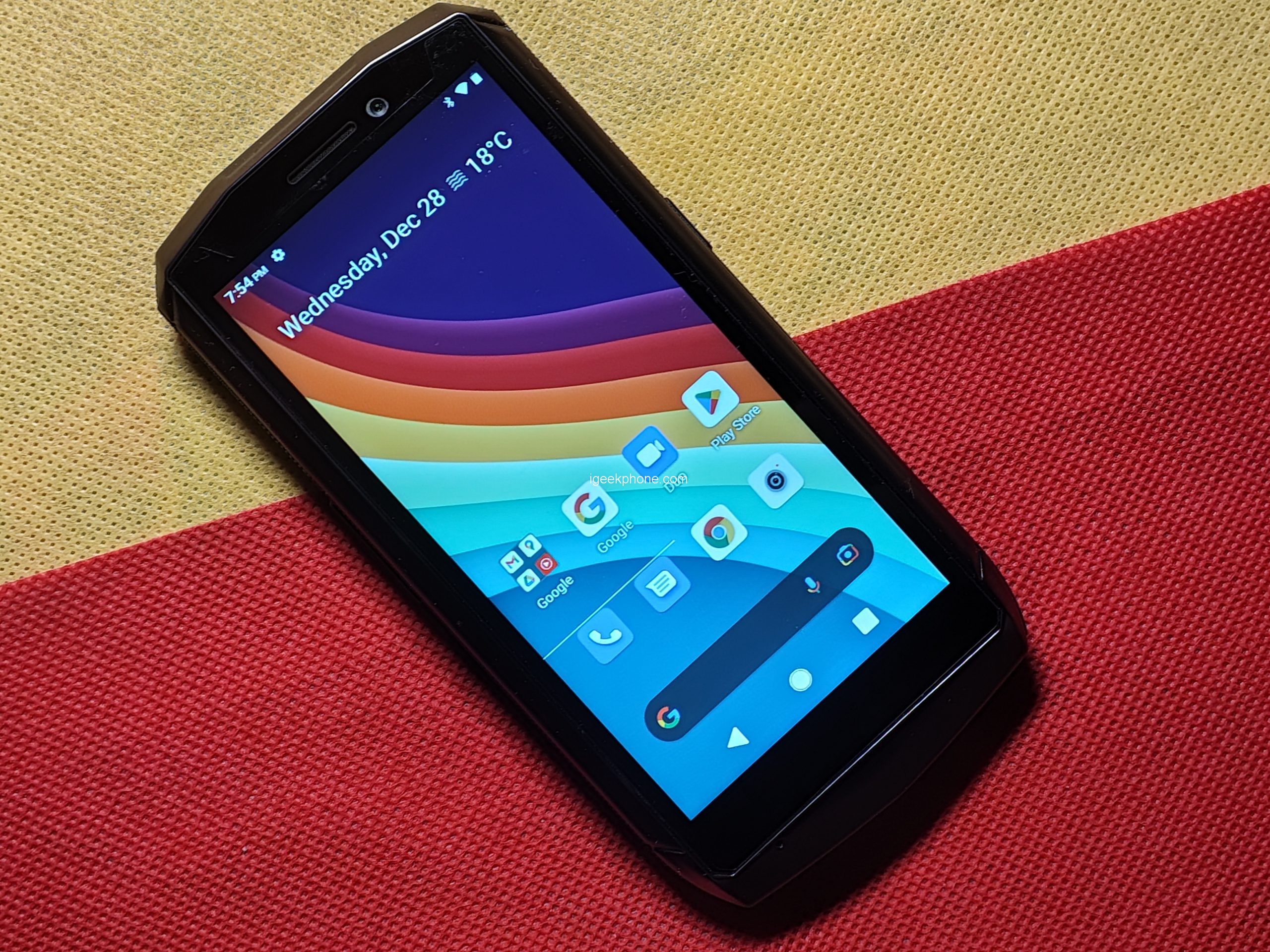
Color reproduction, contrast, and black values are all inconspicuous, as is typical for IPS. The viewing angle is excellent. The refresh rate is a normal 60Hz.
The display edges are surprisingly wide for a smartphone of the year 2022, but the display is so small that the housing behind it probably had to be made a little higher and wider for space reasons in order to be able to accommodate the necessary Cubot Pocket technology.
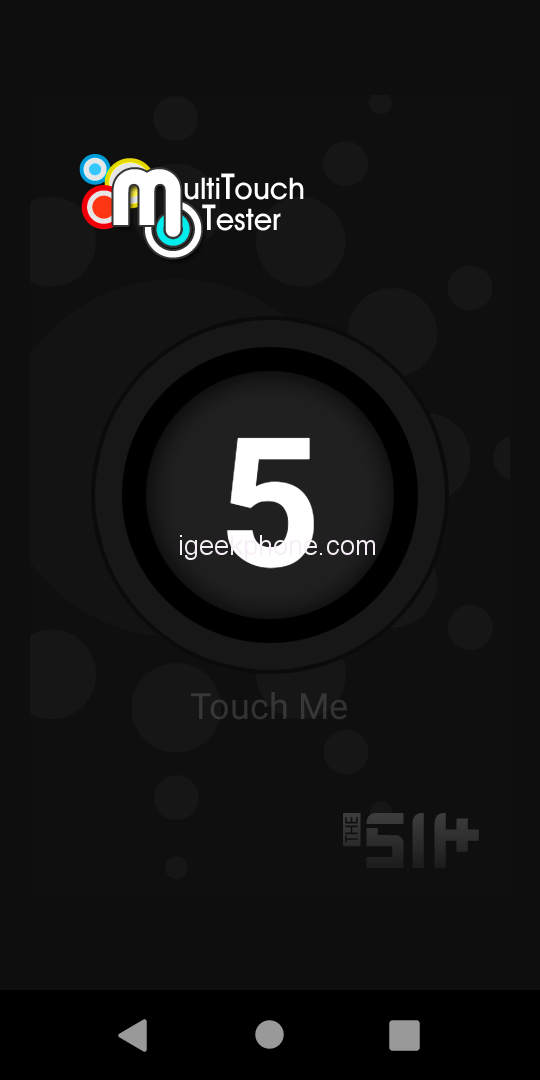
A 5-point touchscreen is installed in the display, which is completely sufficient in practice. At the beginning of my test, I sometimes had the feeling that the device reacted a little sluggishly, but after I removed the factory-applied film, the sensitivity improved noticeably. According to the manufacturer, no special unbreakable or scratch-resistant glass has been used. The 4-inch display of the Cubot Pocket survived the scratch test with a key surprisingly well. Even under high pressure, the sharp edge of the key could not leave any marks on the display glass. However, I would still prefer not to carry my cell phone in the same pocket as my bunch of keys.
Hardware Performance
I really like that Cubot uses an almost unchanged Android 11 without bloatware and preinstalled apps. With the first software update after unpacking, we went straight to the security update of April 5, 2022. Although Cubot is not exactly known for long software updates, it usually delivers updates with bug fixes for a while. It goes without saying that you can’t expect any performance miracles from a 100 EUR smartphone. The installed Unisoc T310 was already presented in 2019 and is still produced at TSMC in the 12 nm process.
With its four cores (1 x ARM Cortex-A75 + 3 x ARM Cortex-A55), it only achieves 658 points in the Geekbench multi-core test and 367 points in the single-core test. In the PCMark Work 3.0 Bench, the Cubot Pocket still achieves 6803 points and thus certifies its abilities as a smartphone suitable for everyday use. We know these cores from Qualcomm’s flagship, the Snapdragon 845, but in the Cubot Pocket, they are only clocked at 2.0 GHz or 1.82 GHz (instead of 2.96 GHz and 2.8 GHz in the SD 845), which lower system performance explained. Unison’s T310 cannot keep up with Mediatek’s Helio G88 either. After all, the overall system is significantly faster than smartphones with the even weaker Helio P22.
The Cubot Pocket achieves 157,650 points in the AnTuTu benchmark. PowerVR’s Rogue GE8300 is used as the graphics chip. We already know the combination of GPU and CPU from Oukitel’s C25 and the Ulefone Note 10P.
From my point of view, the Cubot Pocket is completely unsuitable for gaming due to the small display size alone. PUBG Mobile or Asphalt 9 are not missing either. The Sling Shot benchmark delivers a measly 721 points with frame rates of 1 to 44 FPS. The built-in 4 GB RAM delivers almost 12 GB per second and the 64 GB internal memory has a write and read speed of 250 and 128 MB/s respectively. This can be expanded by up to 128 GB using an SD card. That’s what the manufacturer says. Experience has shown that larger memory cards also work if they are formatted as FAT32. Since it is a hybrid slot, there is no option to use a second SIM card and a MicroSD at the same time.
The operating system is absolutely pure Android 11. There are only two additions from the company itself: the same color scheme setting and the ability to update locally via a ZIP file. In other smartphones, this function is also present but requires some manipulation. And so, ordinary firmware without any features. There is no fingerprint scanner here, so from biometric protection we only have face unlock.
You won’t find a fingerprint sensor on the Cubot Pocket, Face-Unlock is supported and unlocks the cell phone quickly and reliably. Unfortunately, there is no headphone jack.
Camera
The 16MP main camera takes pictures with a resolution of 4608 x 3456 pixels and an aperture of f/2.0. On the photo side, given the data sheet of the sensors on board the front and rear, we understand that taking a photo will not be the first use of the phone. However, in good light, images and video (1080p/30fs) are perfectly acceptable for such a cheap phone. The colors look natural and reasonably well-saturated with a good amount of detail. The autofocus does its job quickly and reliably, although the delay between touching the shutter and shooting is a little too long for my taste.
On cameras, everything is modest. An unknown 16 MP module shoots normally during the day but starts to “go blind” in poor lighting, which cannot be fixed even in manual mode. In difficult scenes, HDR can help you out, which works here as it should. Video recording is available in FullHD resolution, electronic stabilization is not supported. The 5 MP front camera boasts its own HDR and the ability to beautify the face; smoothing the skin, enlarging the eyes, and so on.
Battery
The battery for small dimensions came out decent – at 3000 mAh. In an hour-long stress test, it lost 16% of its charge, which is very good for such a battery. Under standard scenarios of using the device, it will last for 1.5-2 days; but if you don’t let it out of your hands, it will ask for a wire at the end of the day. With the included 10W adapter, a full charge takes approximately two hours. According to our measurements, the recharge takes place at an average of 10 watts, which allows the battery to be charged from 0 to 100% in approximately 1h30.
Conclusion
Overall, the Cubot Pocket is a very interesting concept. The phone is held well in hand and quickly forgotten in a pocket at the sight of its size. We couldn’t find anything wrong with the finish and the charger supplied as well as the protective shell is still a little extra today in view of the competition; especially in this price range. Cubot Pocket is a classic compact smartphone, the capabilities of which will be enough for most buyers. It’s fast, has good battery life, and offers contactless payment via NFC. The case made of durable plastic can save you from falls; and the choice of colors will definitely not leave you indifferent.










